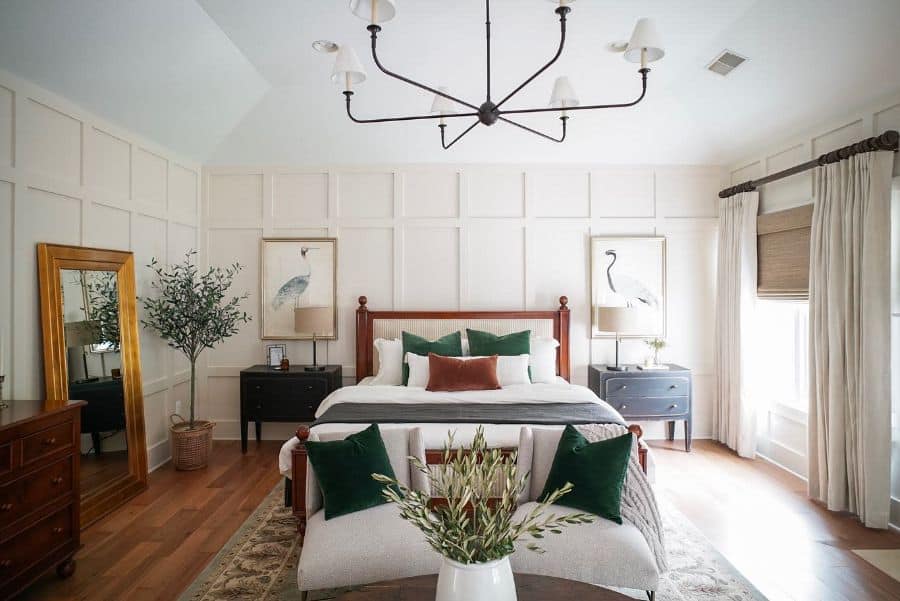
50 Wall Covering Ideas
In the realm of interior design, walls stand as blank canvases brimming with creative potential. Embarking on a journey to transform these expansive surfaces, individuals are continually seeking innovative wall covering ideas to infuse personality and charm into their living spaces. The evolution of design trends has led to an exciting array of options that extend far beyond traditional paint or wallpaper.
Wall covering ideas have transcended mere adornment, embracing the dual role of functional protection and aesthetic enhancement. From the timeless allure of textured wallpapers that add depth to a room, to the eco-conscious elegance of reclaimed wood panels exuding rustic warmth, the choices are as diverse as they are inspiring. Contemporary tastes lean towards bold statements, such as captivating geometric tile arrangements or avant-garde fabric installations that redefine the concept of wall décor.
This article embarks on a captivating exploration of wall covering ideas, delving into a plethora of materials, styles, and application techniques that cater to every inclination and taste. Whether aiming for opulent opulence or understated sophistication, the world of wall coverings invites experimentation and invites individuals to reimagine their surroundings. Join us as we navigate through a tapestry of possibilities, offering insights and inspiration to personalize any space with distinction and creativity
See more about - 61 Wall Decor Ideas
Table of Contents
1. Embracing Contemporary Aesthetics
The modern approach to wall decoration is to use the wall itself as the focal point. Instead of hanging pictures or art, decorate the actual wall. This means using bold patterns and colors to create an eye-catching piece that covers the wall’s entire length and height.
The other vital point to keep in mind is that you can cover any wall you want. Traditionally, the idea was to pick the accent or feature wall, but those days are gone. You could choose a small and hidden away wall to decorate as a surprise design touch.
You shouldn’t be afraid to cover the walls of your hallway. Or the walls of your modern bathroom. Then there’s the wall that lines your staircase. You also shouldn’t be afraid to use unusual materials to cover your walls. You could create a brick, wood paneling, or fabric wall.
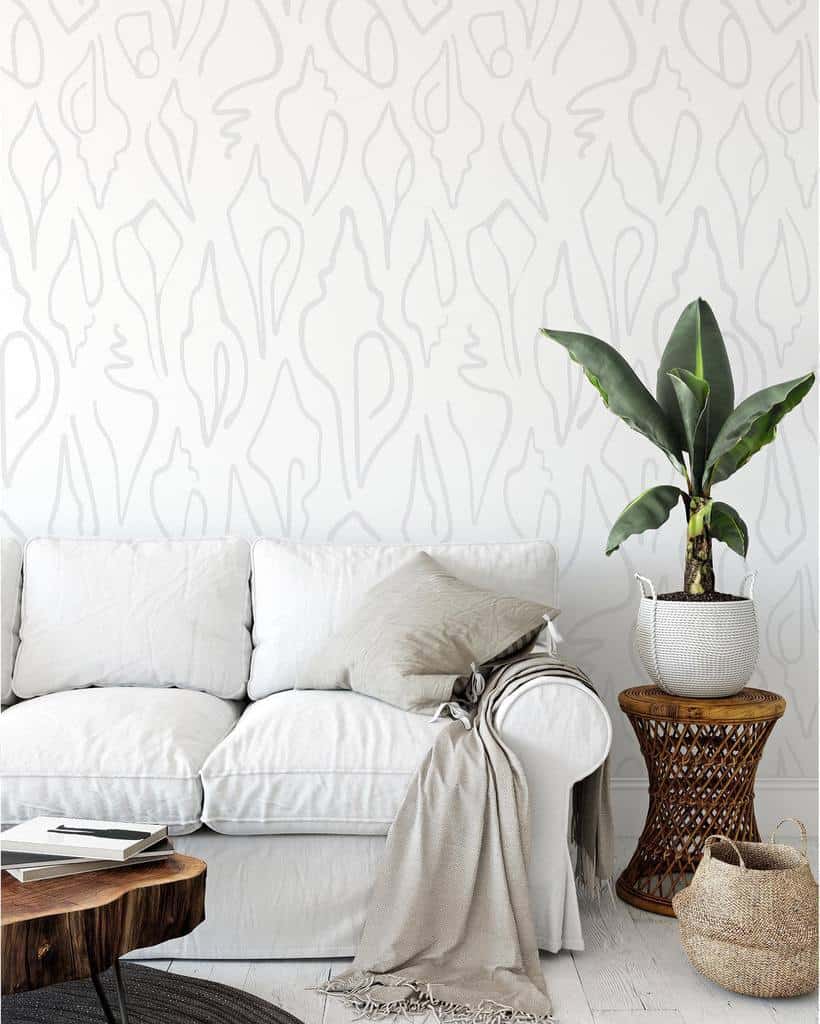
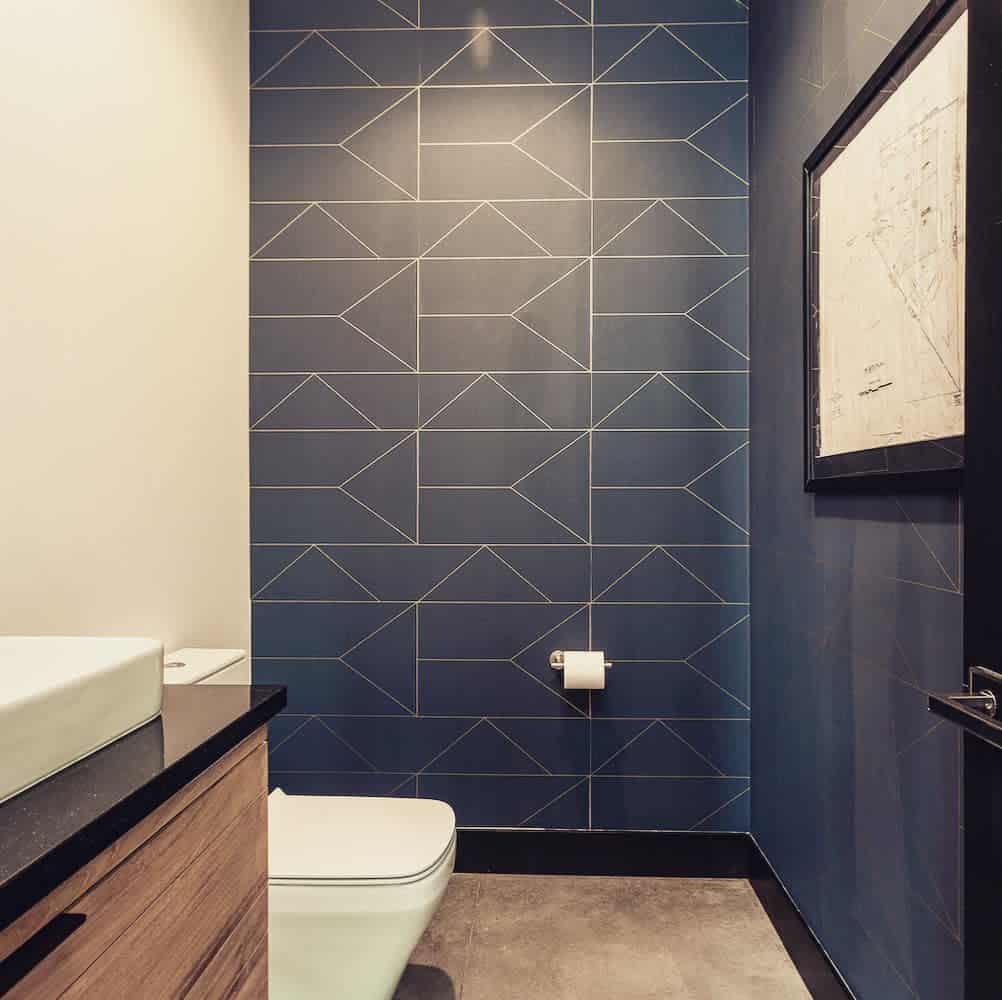
2. Exploring the World of Wallpaper
Gone are the days of your grandmother’s wallpaper. You no longer have to struggle with messy paste and endless smoothing, or the nightmare of removal. The wallpaper of today comes pretreated with glue and can be easily removed to create a more temporary wallpaper option.
The ease of application with modern wallpaper means you can quickly apply it to an entire room. You could also choose an accent wall and feature the beautiful paper as a focal point of the room.
To keep your decor looking modern, choose a wallpaper that has a geometric pattern or metallic accents. This wallpaper will feature a bold repeating design of one to three colors. Then gold, copper, silver, or rose gold foil is applied to add depth to the design.
Another option is to buy wallpaper with a lifelike image printed on it. This could be a realistic stone or brick wall or a nature scene. These wall murals are perfect for a bedroom where you want to create a peaceful sanctuary.
Look for wallpaper with a bold repeating pattern for a larger room. But keep the design smaller or more subtle for smaller rooms, like your bathroom walls.
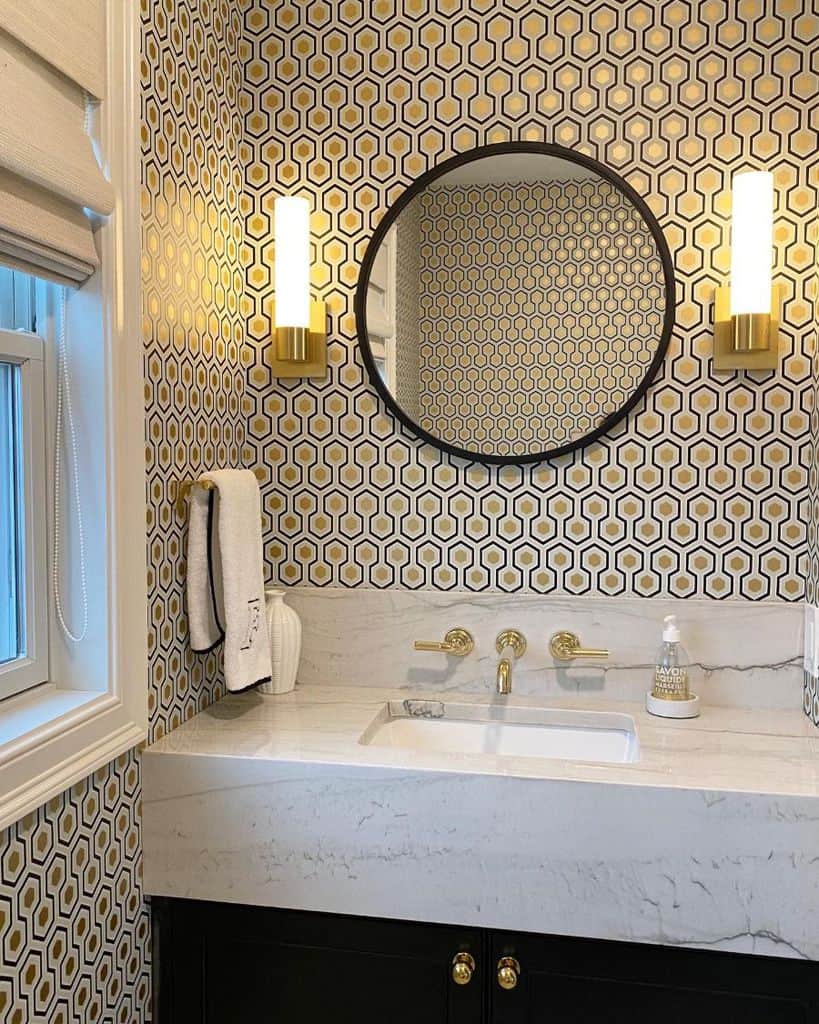
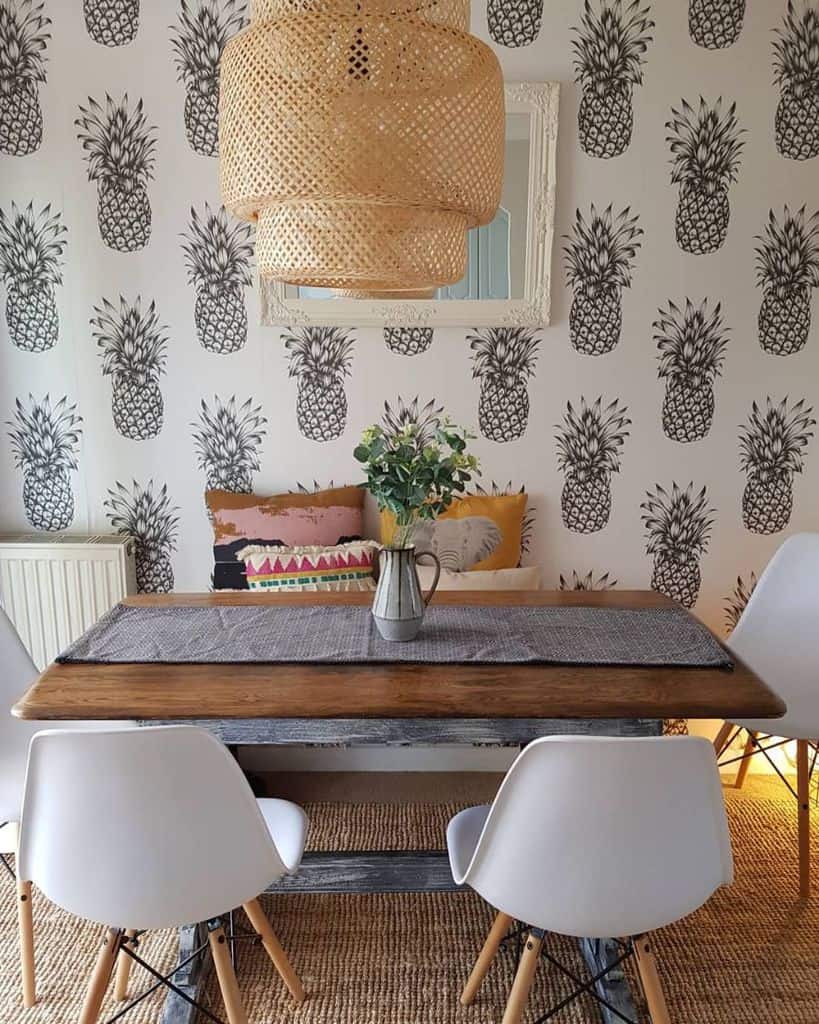
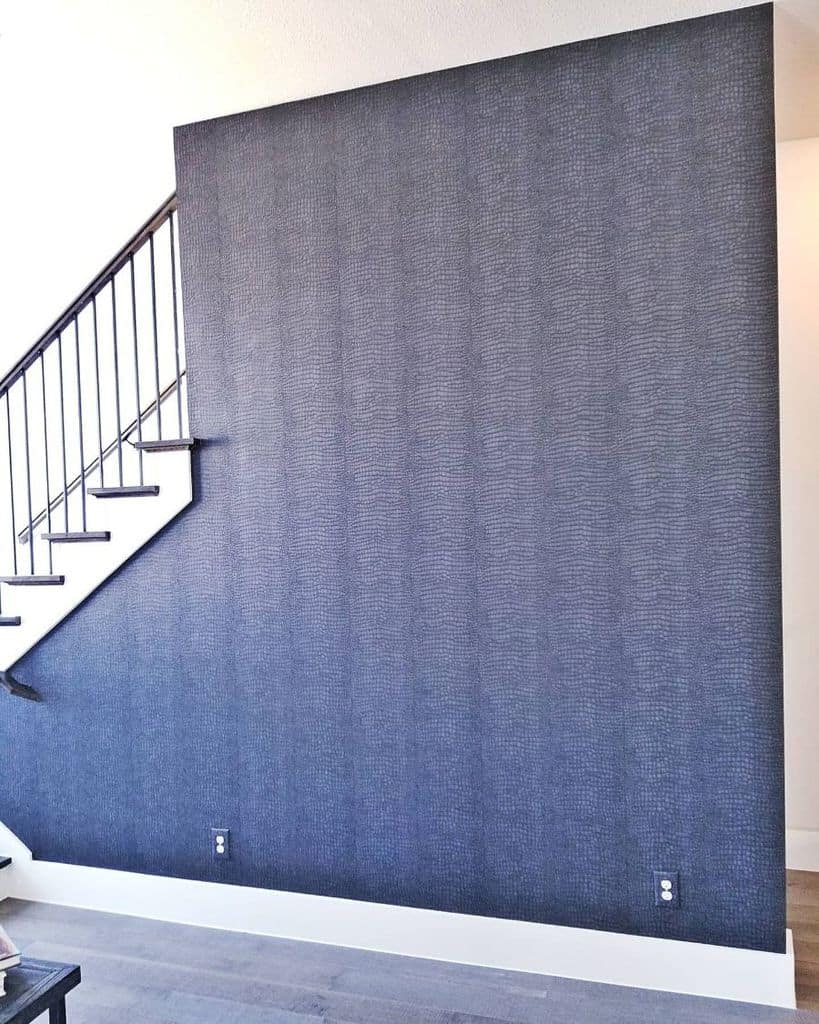
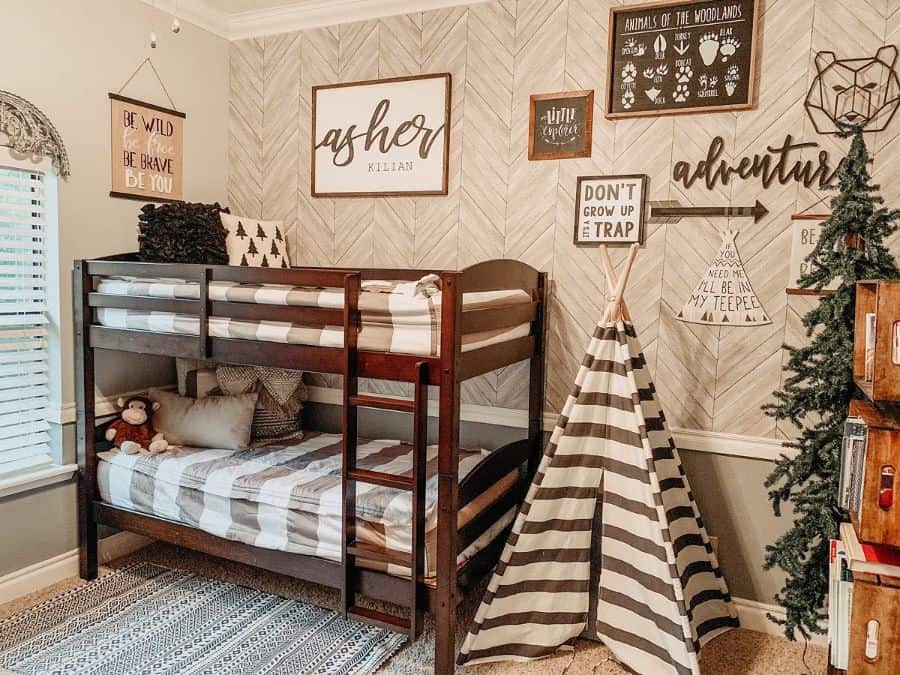

3. Graphic Artful Impressions
With the advancement of wallpaper and vinyl materials, wallcovering options have exploded with a wide range of graphic wall art. Think of this wall design idea as more like a wall mural than wallpaper. These graphic designs feature several wall panels that you’ll need to apply to the wall in a particular order.
This is different from wallpaper, where it doesn’t matter what order you put the panels up in as long as the pattern lines up. A graphic wall covering is an entire artistic design that doesn’t repeat. Some ideas for this type of design would be graffiti art, or a watercolor painting design, or hand-drawn artwork.
The trick to making this style of wall covering work is to measure your wall and buy a design that fits your available space. The panels need to cover your wall from left to right and top to bottom. If you can’t make the dimensions match precisely, then buy one that’s bigger and trim it down to fit.
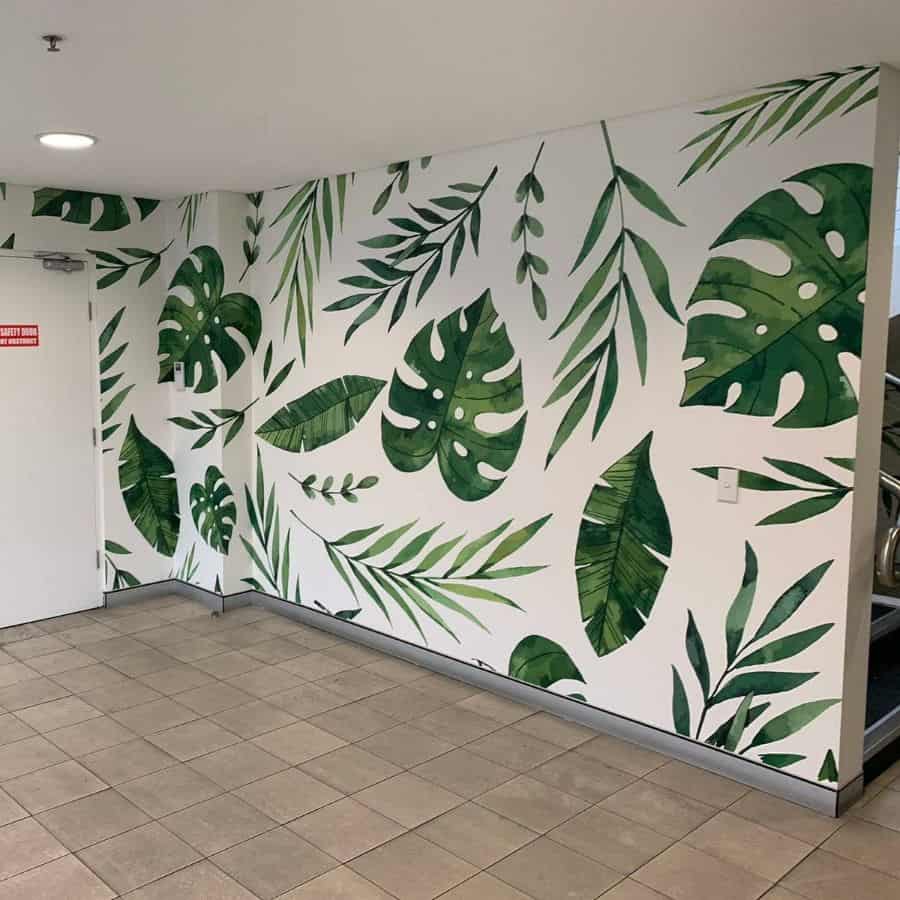
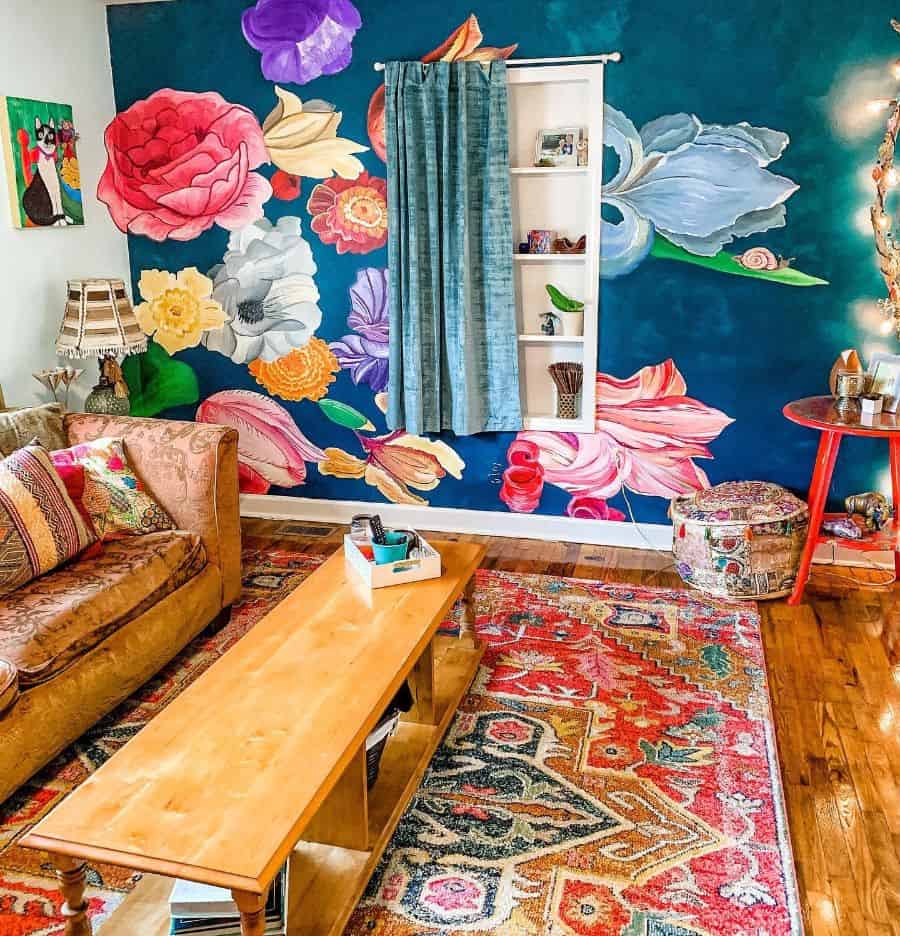
4. Captivating Charm With Wall Covering Ideas
Decorating the wall of your bathroom is your chance to step outside of your comfort zone and get a little creative. These smaller rooms can support detailed and colorful patterns. This makes wallpaper, fabric, and wall decals accessible.
For a bold design, don’t be afraid to cover all of the walls from floor to ceiling. This will essentially surround you in a 360-degree design. However, if this is too much for you, you can pair your patterned covering with something simplified.
A beautiful look is to pair wainscoting with colorful wallpaper. This will limit the color and intricate detail to the upper half of the walls, while the bottom half will be a bright white and clean design. This will help to make your bathroom feel more substantial and the walls taller.
Make sure you use the right type of wood in your bathroom. This is a moist environment, and you want your new wood wall to last. Stick with teak, cedar, or hinoki. Or you could use marine wood that has been treated for use around water.
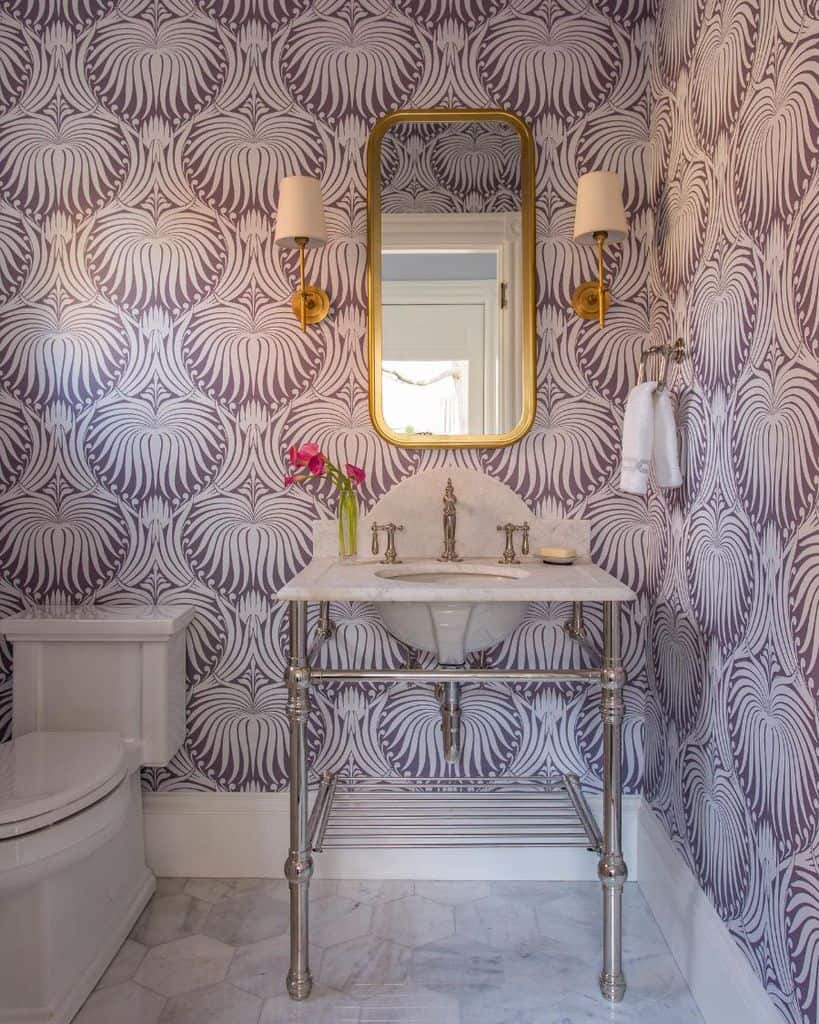
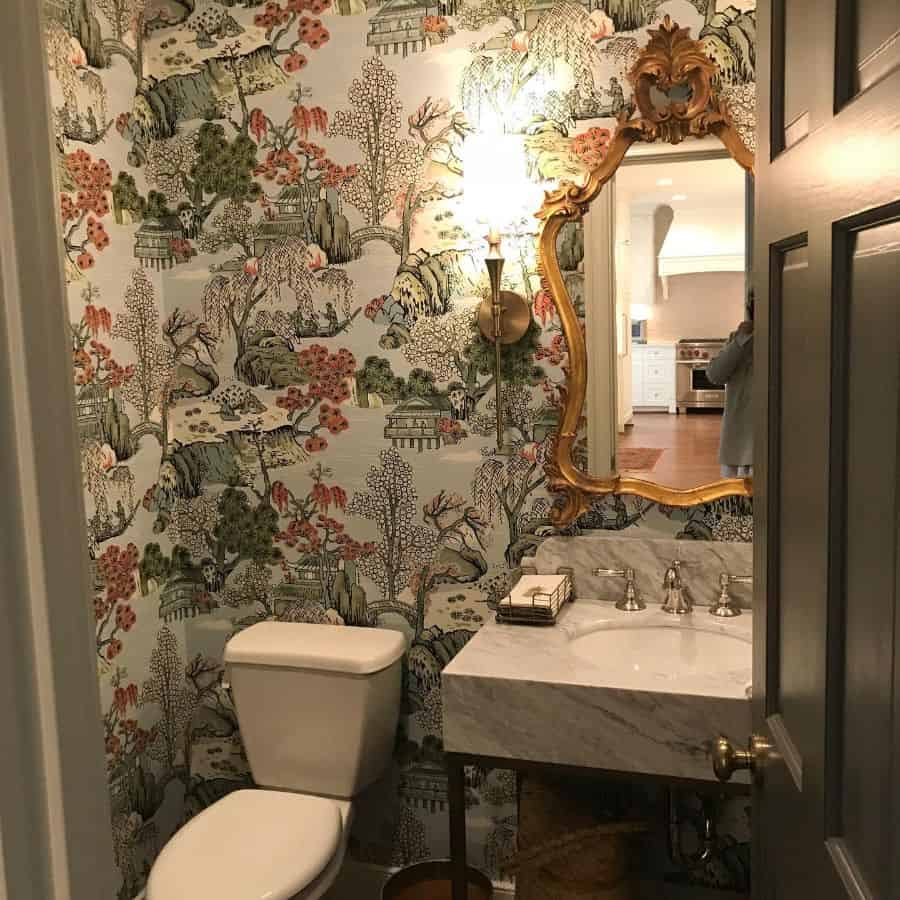


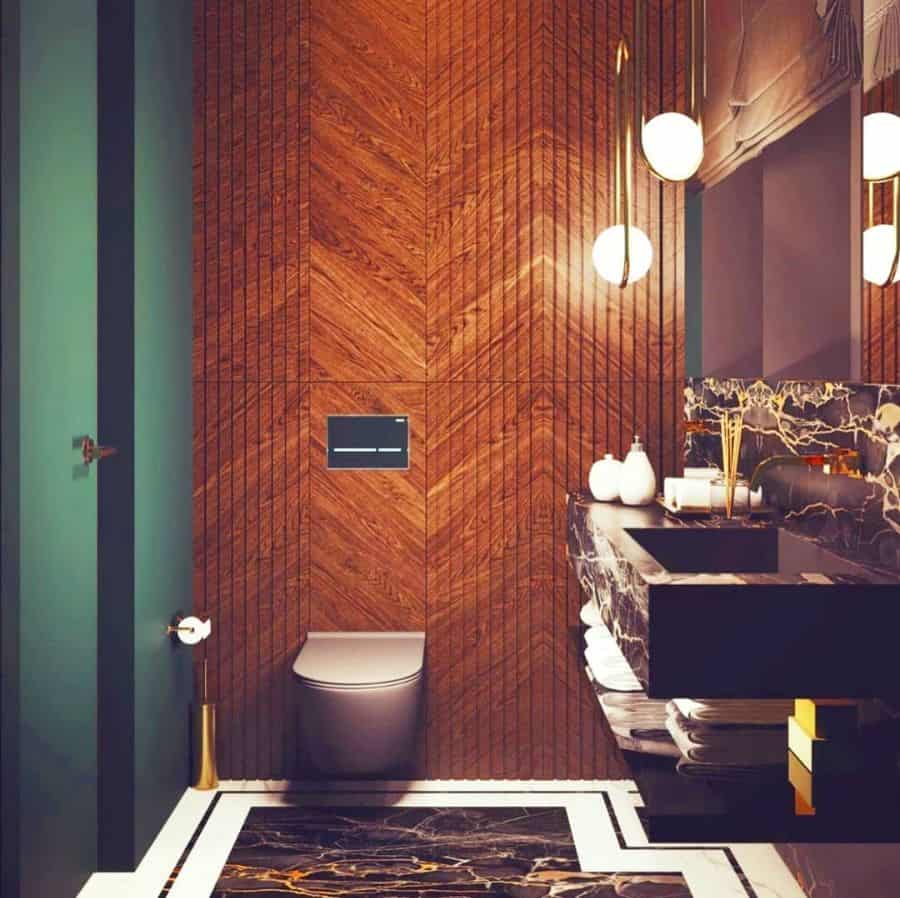
5. Elevating Spaces With Thoughtful Wainscoting Concepts
If you’re looking for a traditional wall covering, then wainscoting is the way to go. Traditional wainscoting comes up a few feet from the floor to cover the bottom portion of your walls with wood paneling. This creates a chair rail at the top of the wainscoting.
A modern approach to wainscoting is to have the decorative wall panels extend to the ceiling to cover the entire wall. Either method will require you to create a box, square, or rectangle design with wood trim. You can keep it simple with a single piece of trim, or get fancy with several pieces of uniquely shaped trim to create an intricate design.
This type of wall covering looks best in larger and more traditionally styled homes. You’ll cover all of the interior walls to create a cohesive look as you move through the house from the front entry to the hallway to the dining room. You can even have it on the ceiling to create a unique look for your home’s decor.
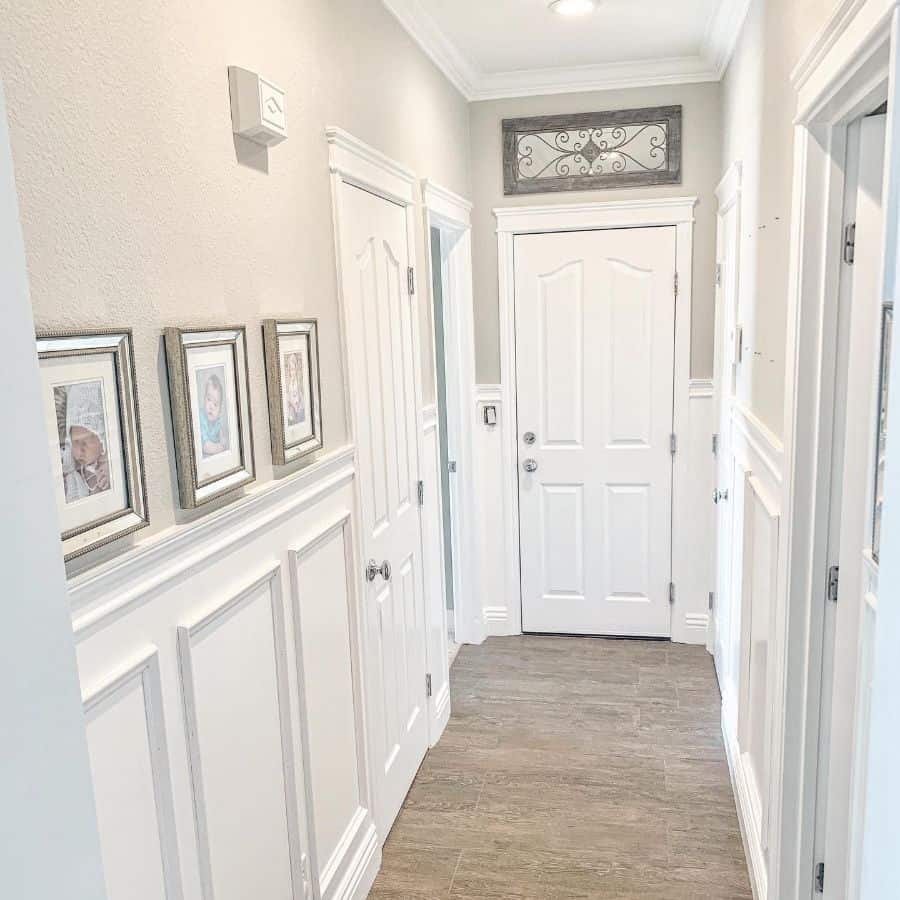
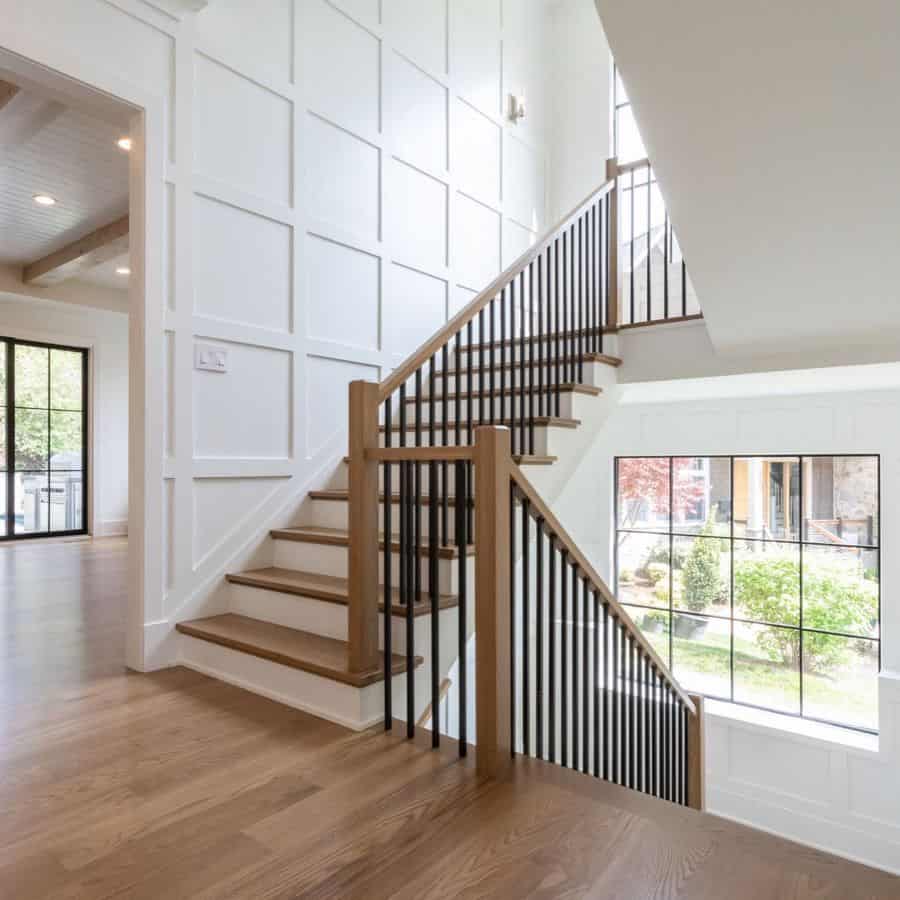
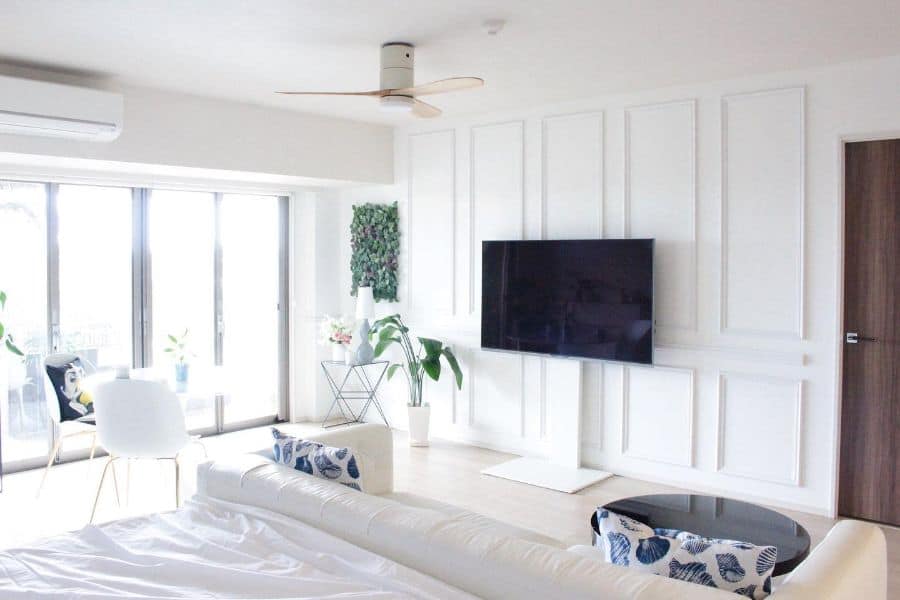
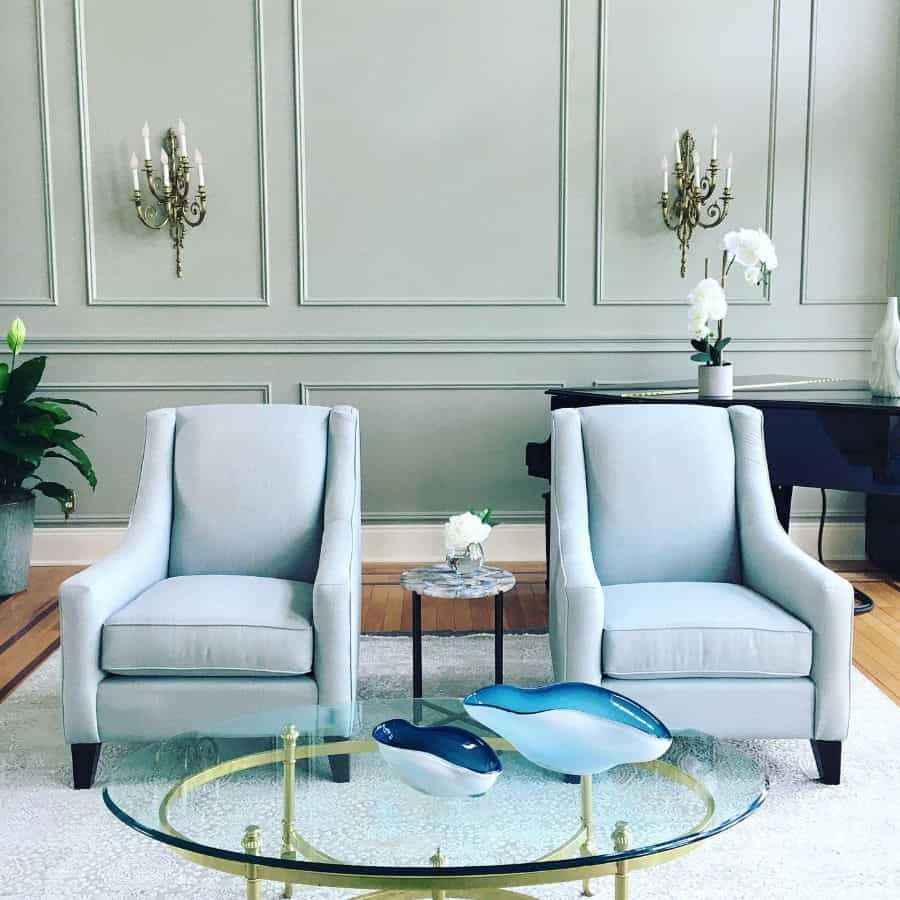
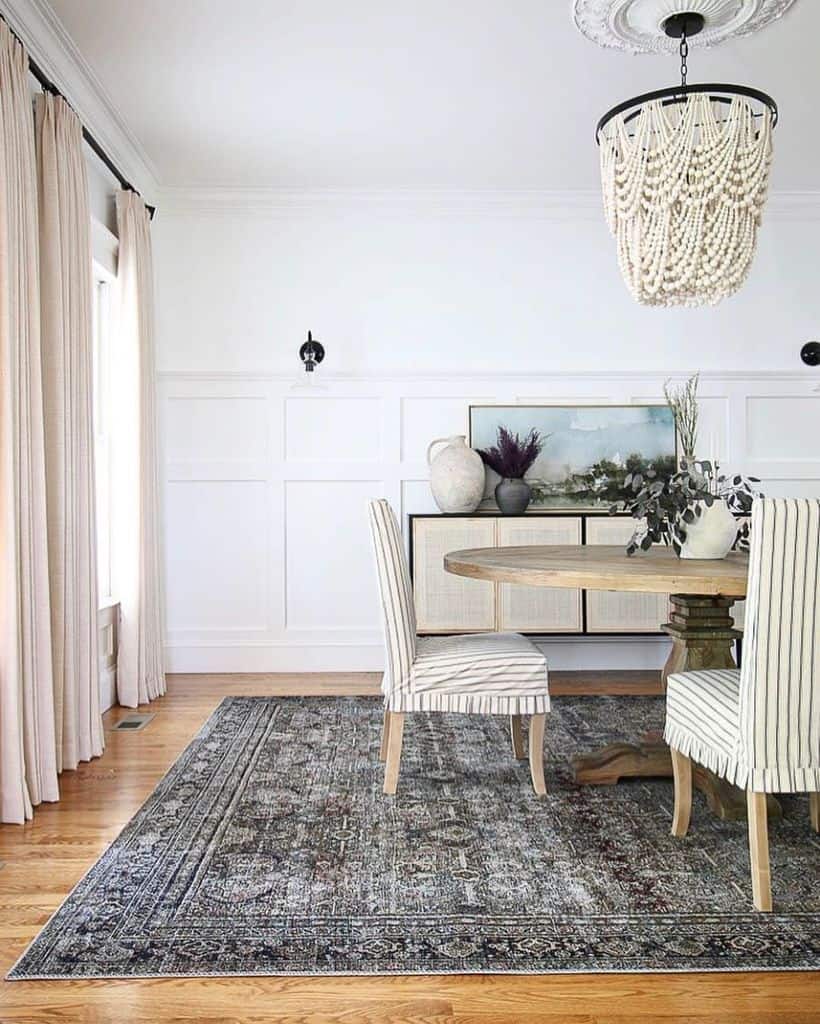

See more about - 67 Wall Paneling Ideas
6. The Timeless Appeal of Shiplap Walls
A modern trend in interior design is to create a shiplap wall. You’ll use several wood planks to stack on top of each other as you lay them flat against the wall. When you’re done, you’ll have a wood wall.
A traditional method for this technique requires you to leave the wood bare or use reclaimed wood that features the grain. A more modern approach is to paint the shiplap white. This creates a bright and clean canvas for the rest of your wall decor.
The wood shiplap creates texture without it being distracting or overwhelming. You could apply your shiplap to one wall and create a feature wall, or use it in an entire room.
If the terms country, cottage, or farmhouse apply to your home, then shiplap is an ideal wall covering. Its rustic nature will enhance the look of your home while also helping to keep it feeling modern.
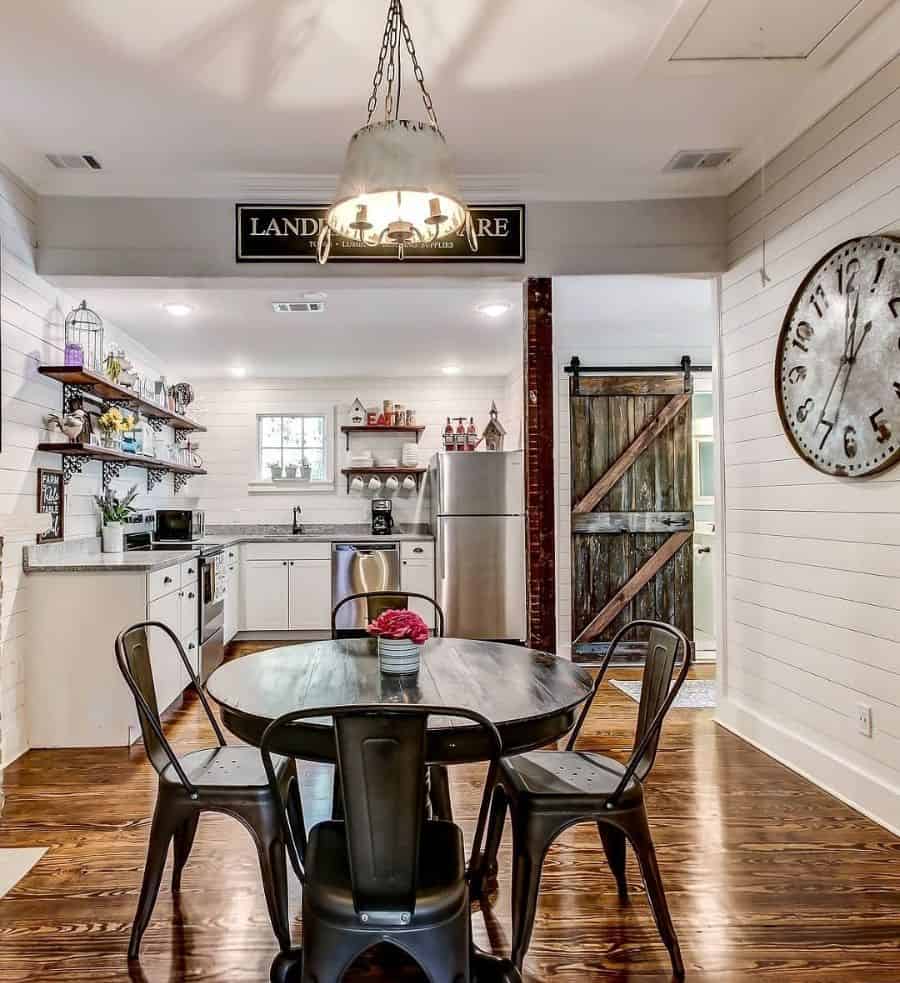
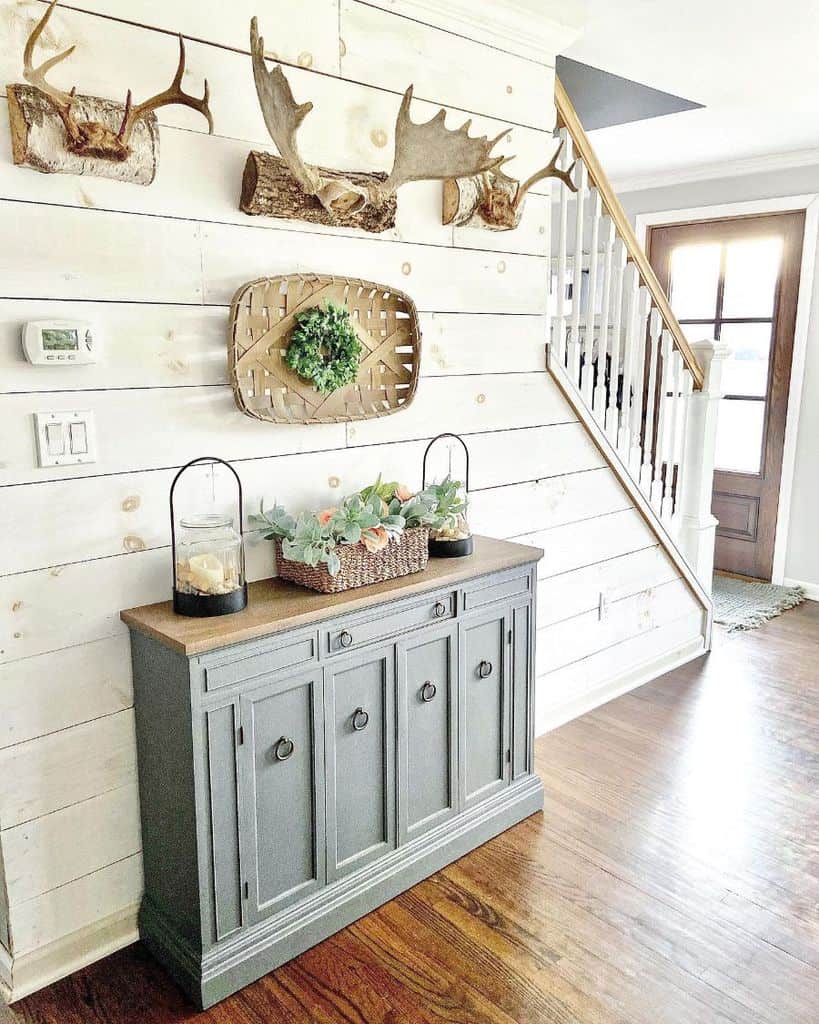
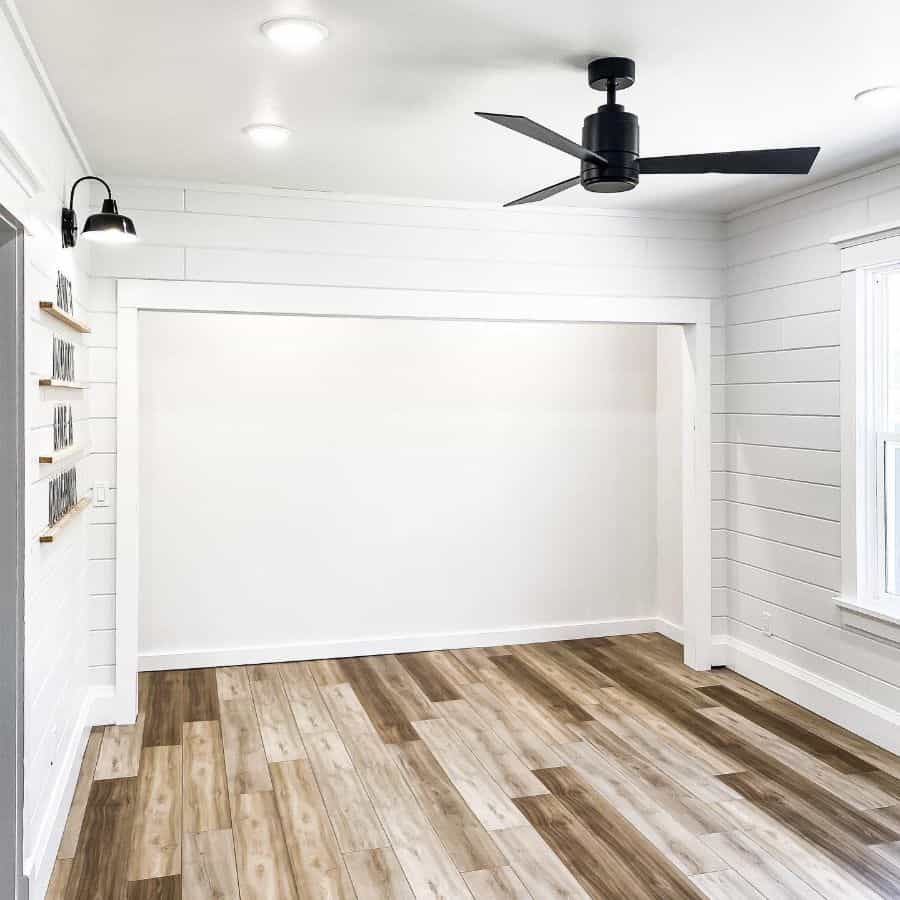
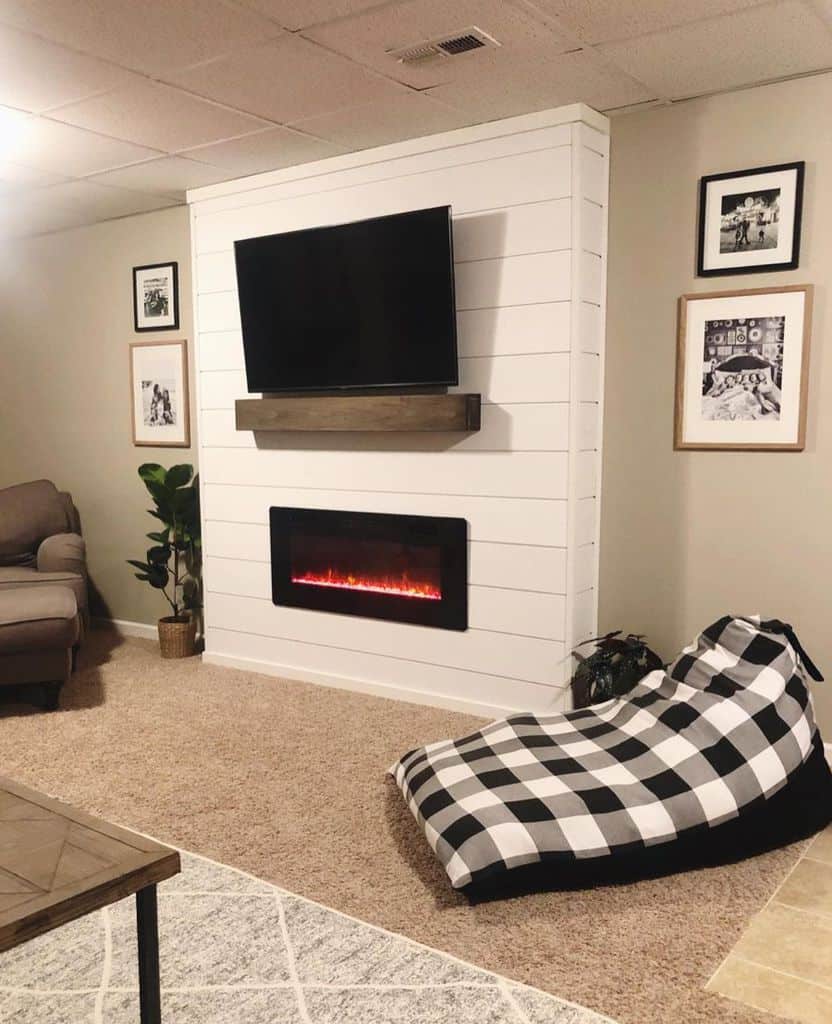

7. DIY Inspirations for Innovative Ideas
One visit to Pinterest, and you’re bound to see countless walls covered in wood planks. This DIY project has become one of the most popular home improvement projects in modern times. It’s affordable, doesn’t require a lot of skill, and looks beautiful.
To create your own DIY wood wall, you need to find some reclaimed wood. Recycling wood for this project will give you a variety in type, color, grain, and size. Check lumber yards for reclaimed barn wood or warehouses for pallets. The more range you have, the more creative your wall will look.
Once you have your wood, you’ll need to plan your design. A simple horizontal pattern is fast to go up. Placing the wood planks vertically will add visual height to your walls.
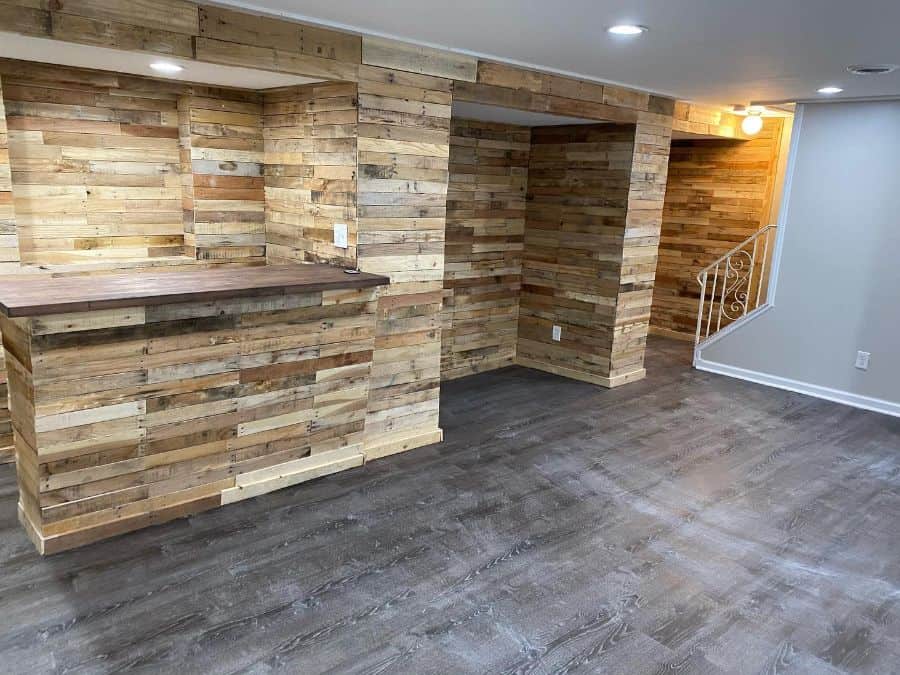
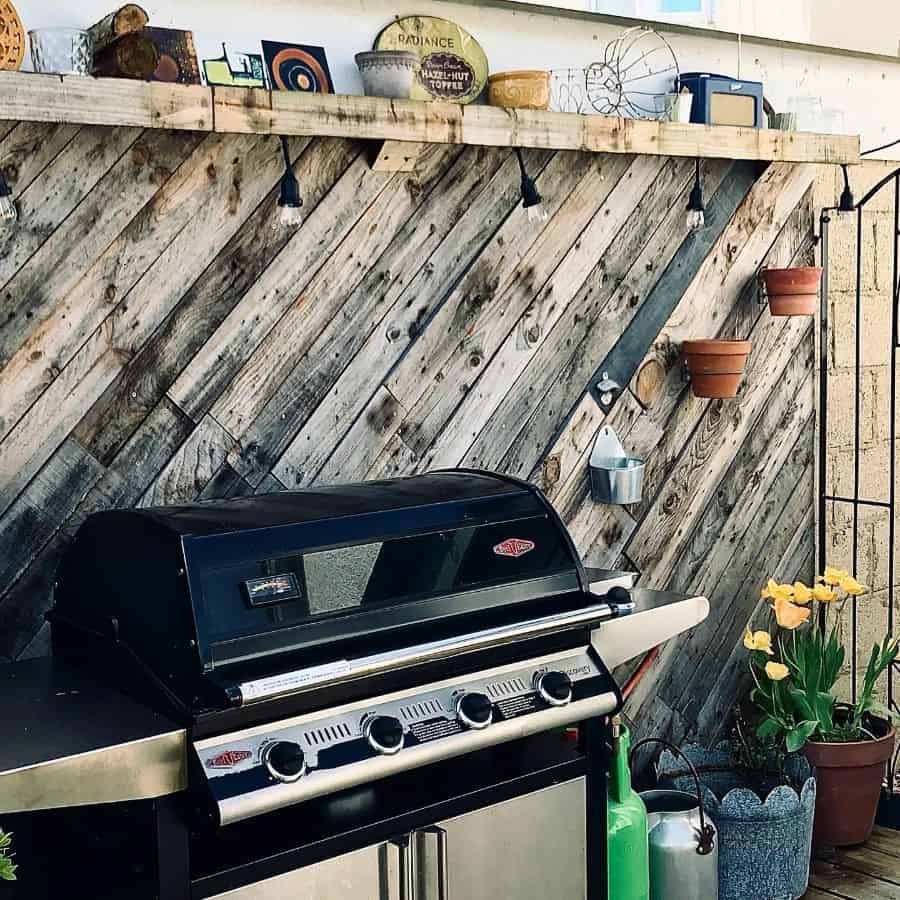
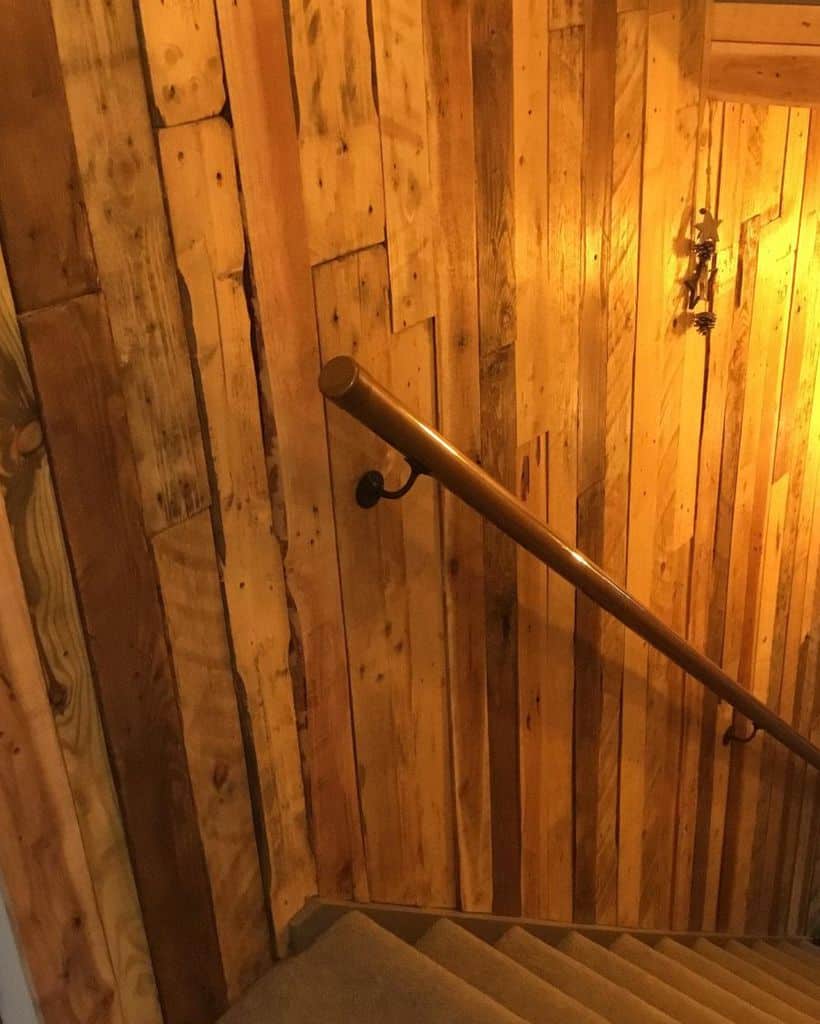

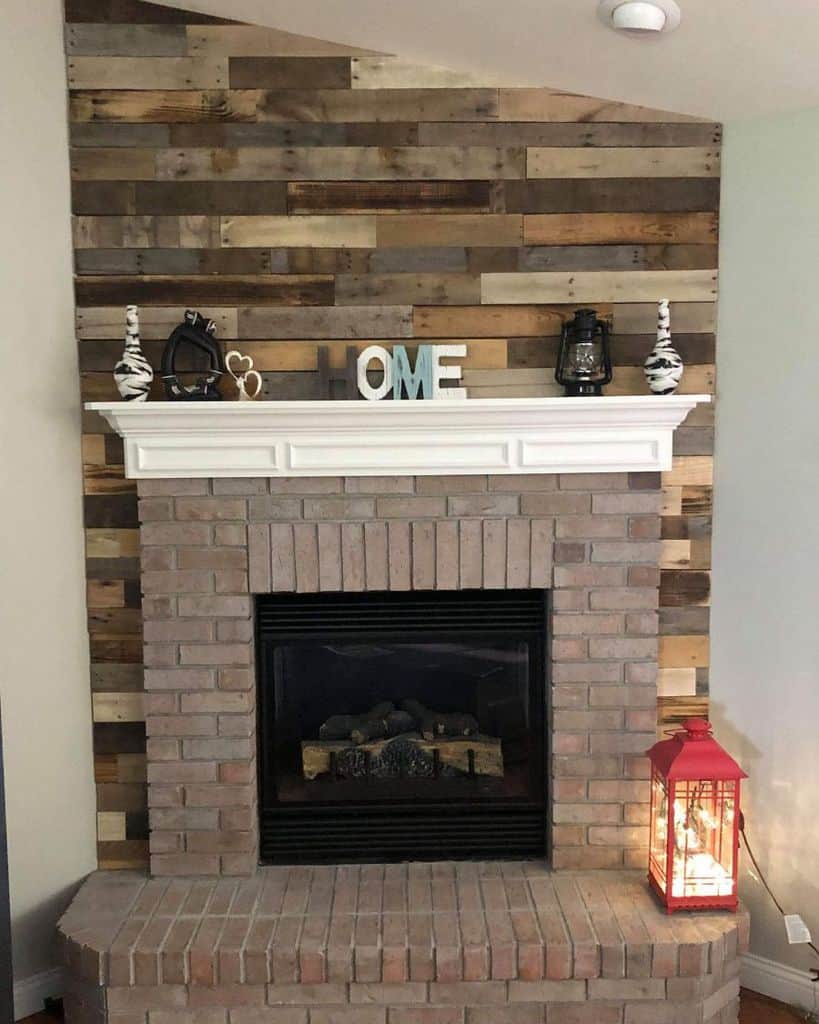
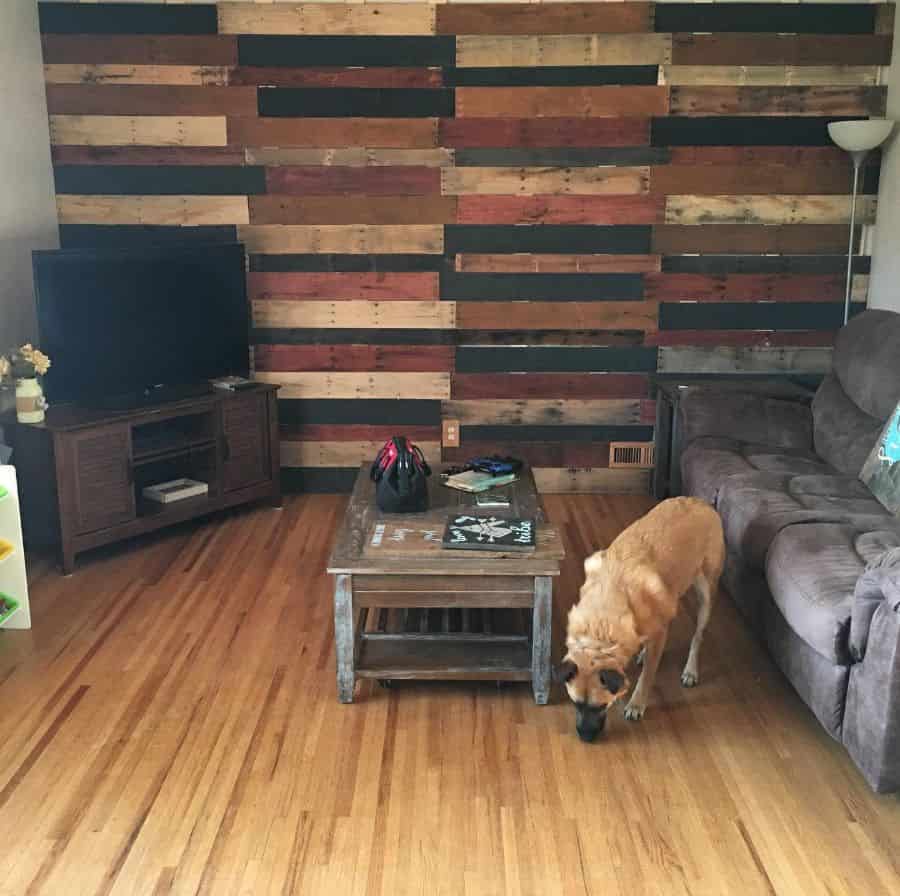
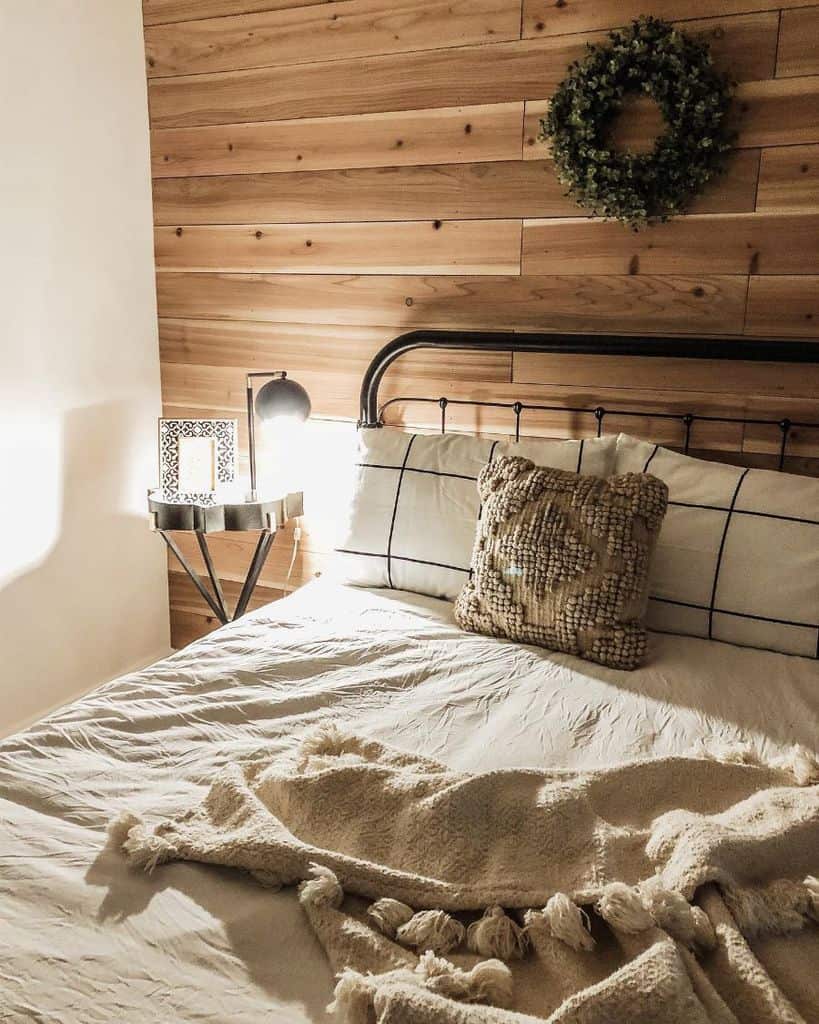
8. Beyond Blackboards
The most obvious place to create a chalkboard wall is in a child’s room. But this isn’t the only place where this functional wall covering makes sense. A chalkboard paint wall in your home lets you create a built-in surface where you can draw, write notes, or do anything else.
Consider painting a wall in your kitchen. You can use the wall for recipe notes, messages between family members, or your grocery list.
Another idea is to paint a wall in your home gym. Now you can track your weekly schedule or work out progress. You could paint the entire wall or just a section of it.
Just because you’re an adult doesn’t mean you can’t have a chalkboard wall in your bedroom, office, bathroom, or reading nook. It could be functional and give you a place for daily notes and reminders. Or it could be purely decorative and give you a place to draw some beautiful artwork.

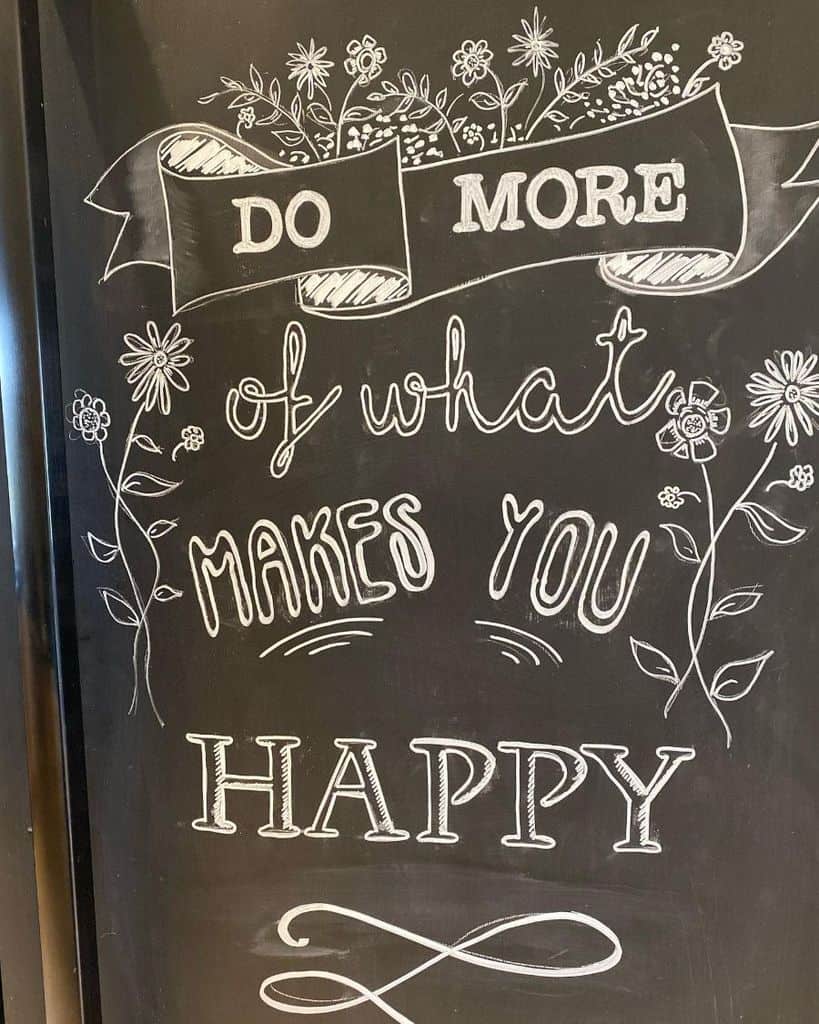
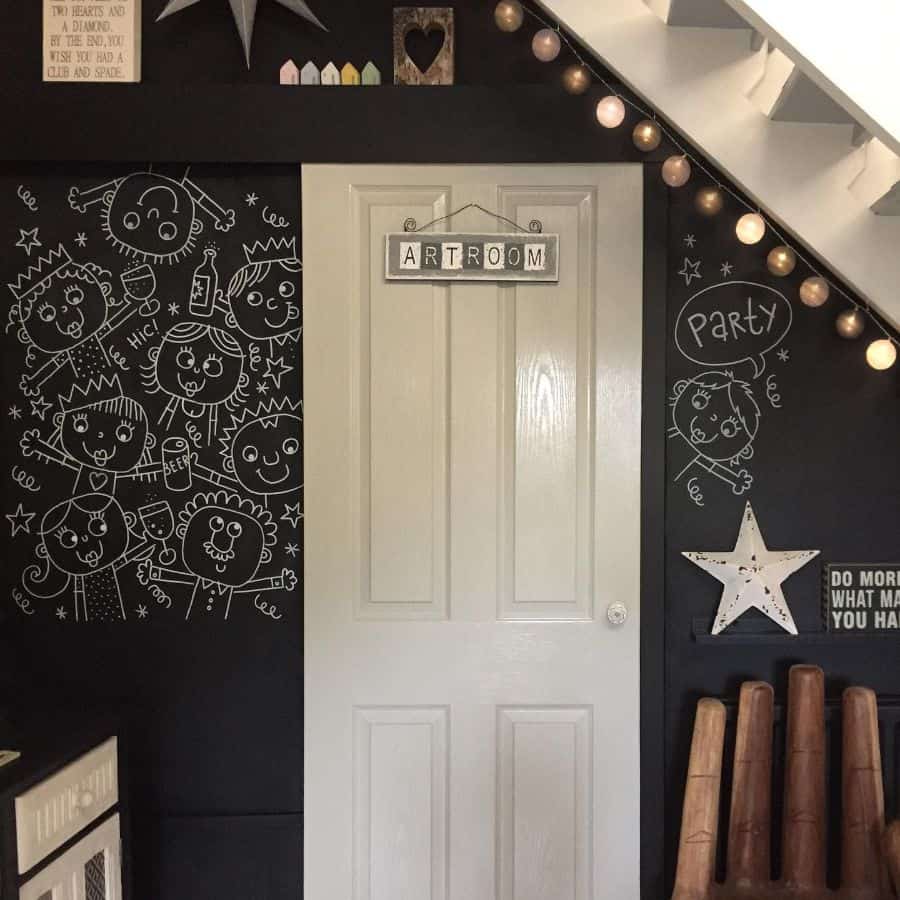
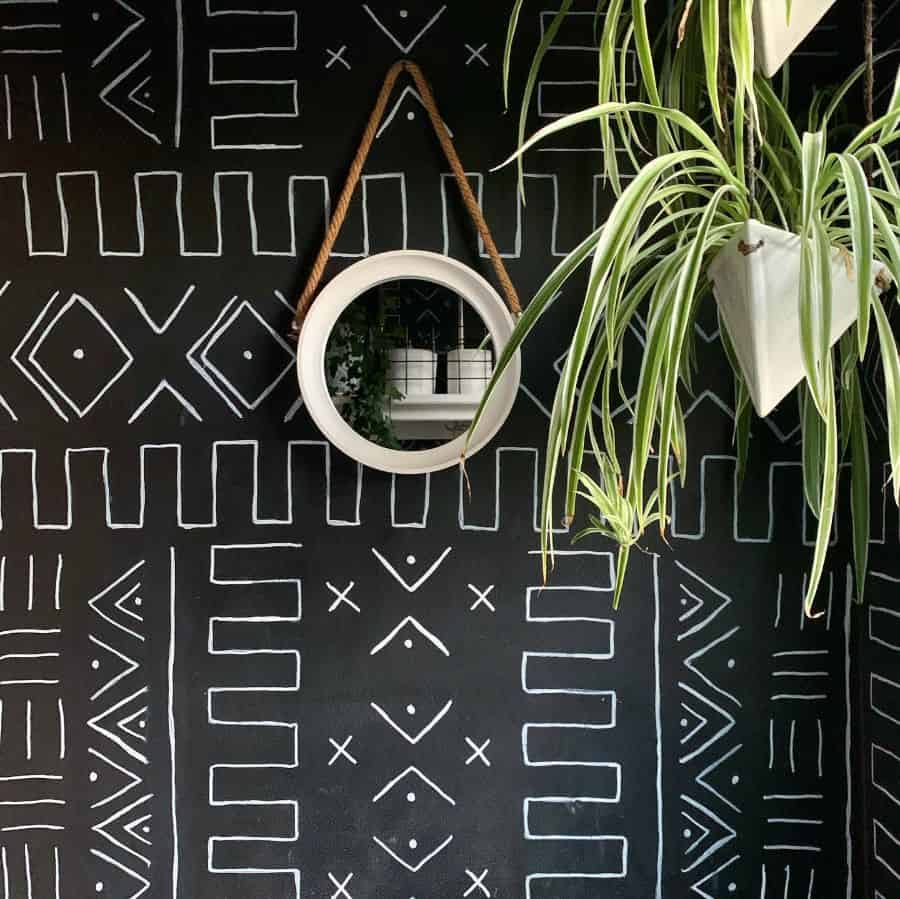

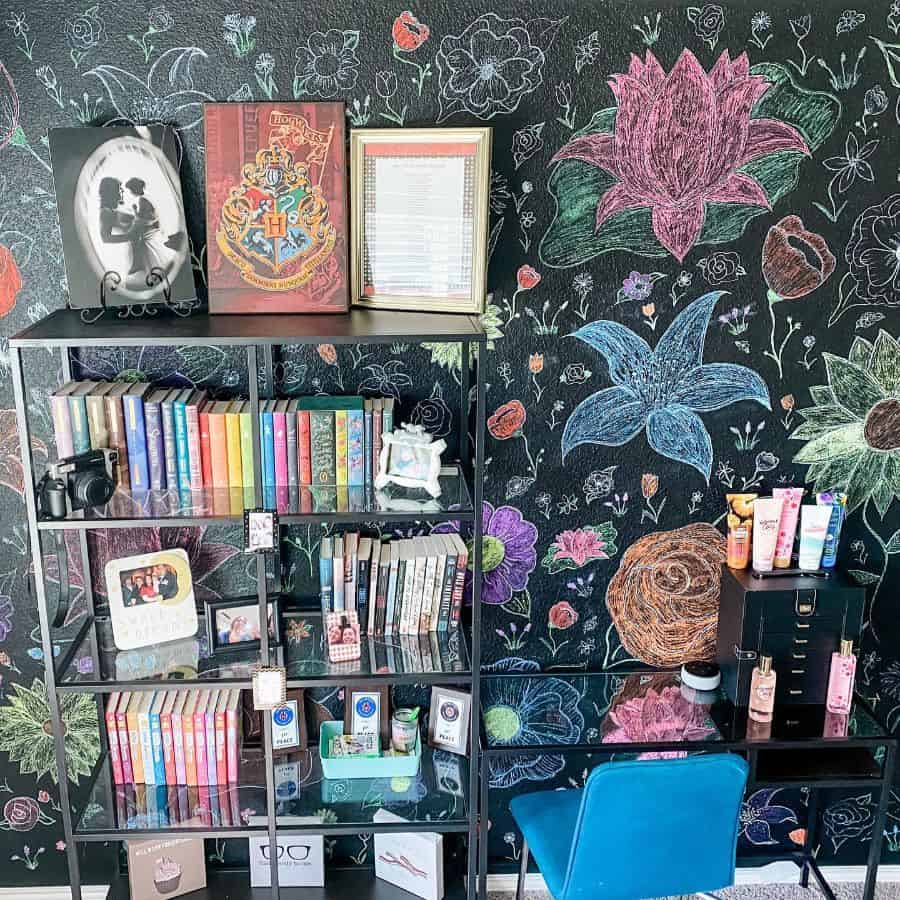
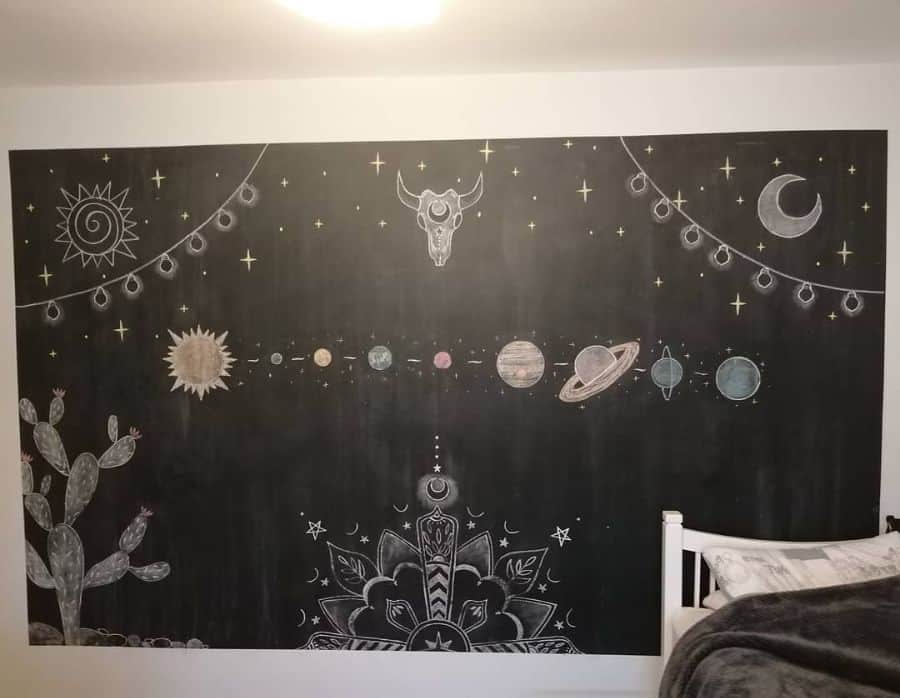
9. Aesthetic Tile Transformations
Sure, you could use tile in the most obvious rooms in your home, the bathroom, and the kitchen. But these aren’t the only places where tiles can look beautiful and be functional. You can use tile in your bedroom, living room, office, hallway, or laundry room.
When choosing your tile for another room in your home, you want to apply the same principles as when you pick one for your bathroom. The scale of the tile needs to make sense with the size of the room.
You can choose a rectangular wall tile and run it horizontally to make a room feel longer. Or you can choose a smaller tile to help a room feel larger. Remember, though, that too small of a tile will look busy and cluttered.
Don’t be afraid to embrace modern trends and choose a tile that is a unique shape. Square and rectangle tiles can look too much like bathroom styles. Select a scallop, trapezoid, hexagon, pentagon, or parallelogram design that will help you break free from the traditional bathroom or kitchen tile look.
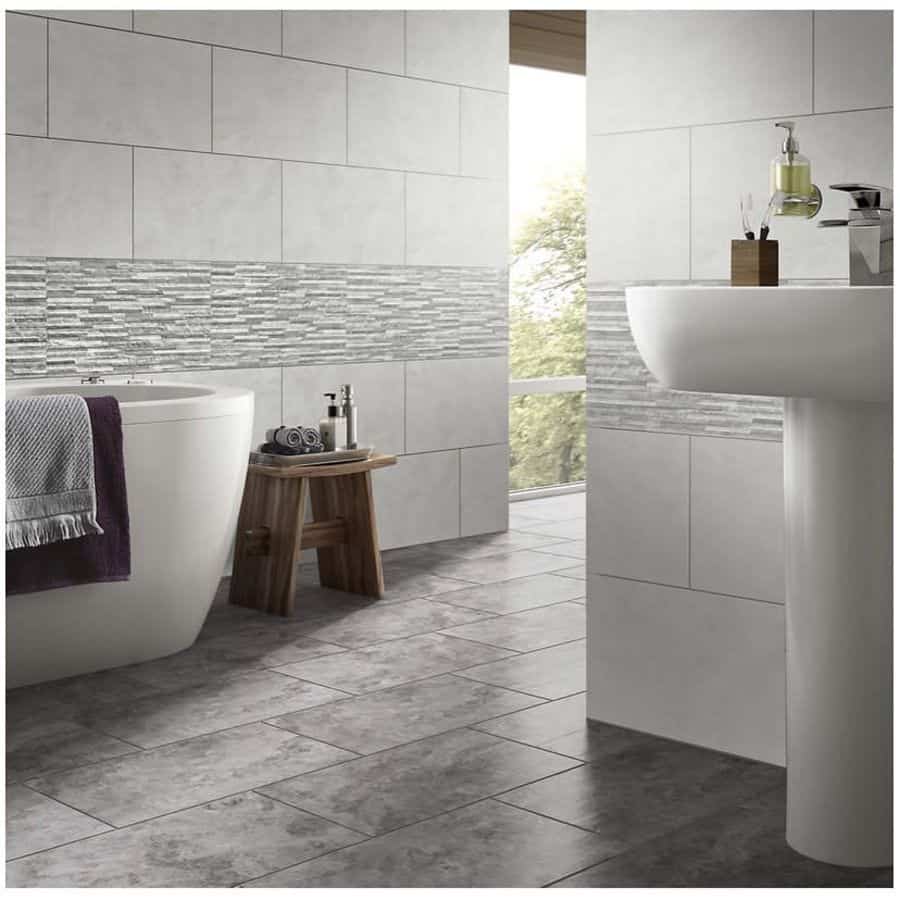
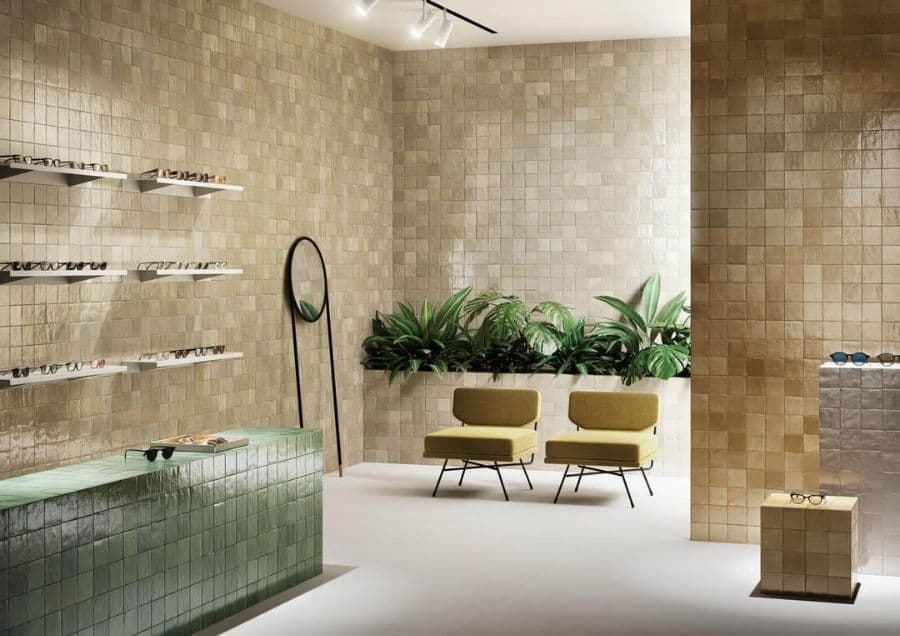
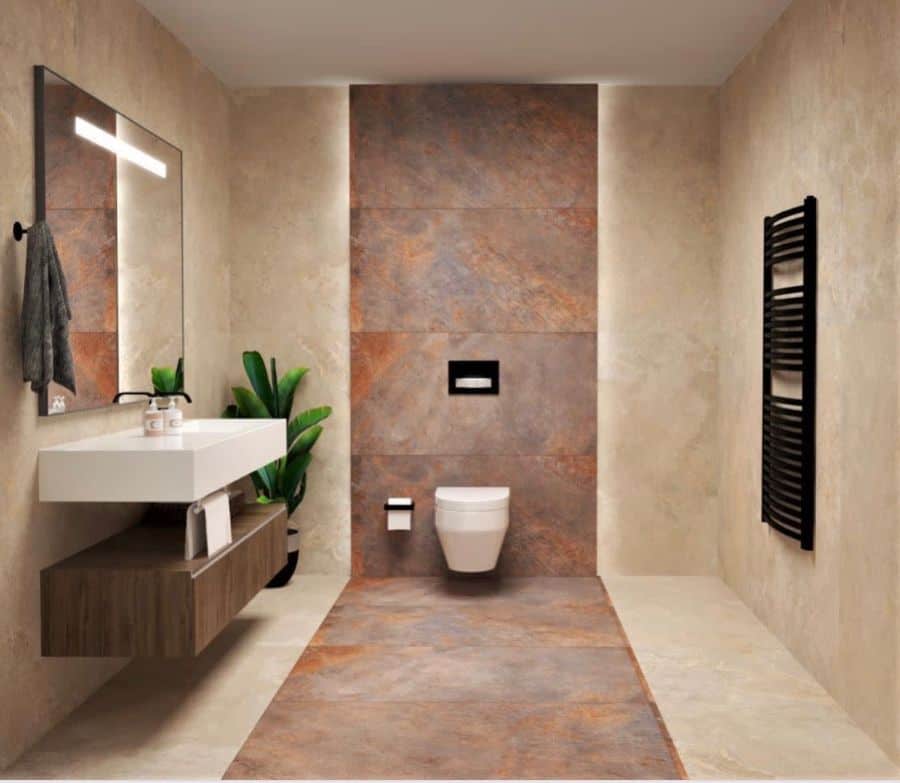
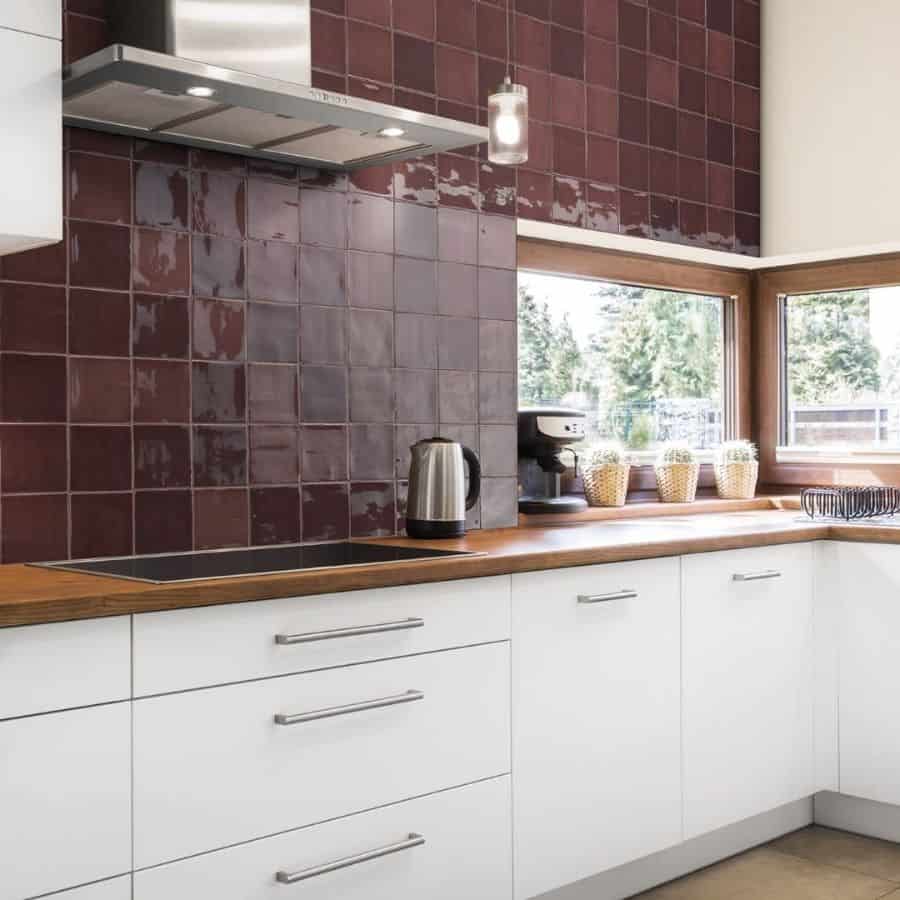
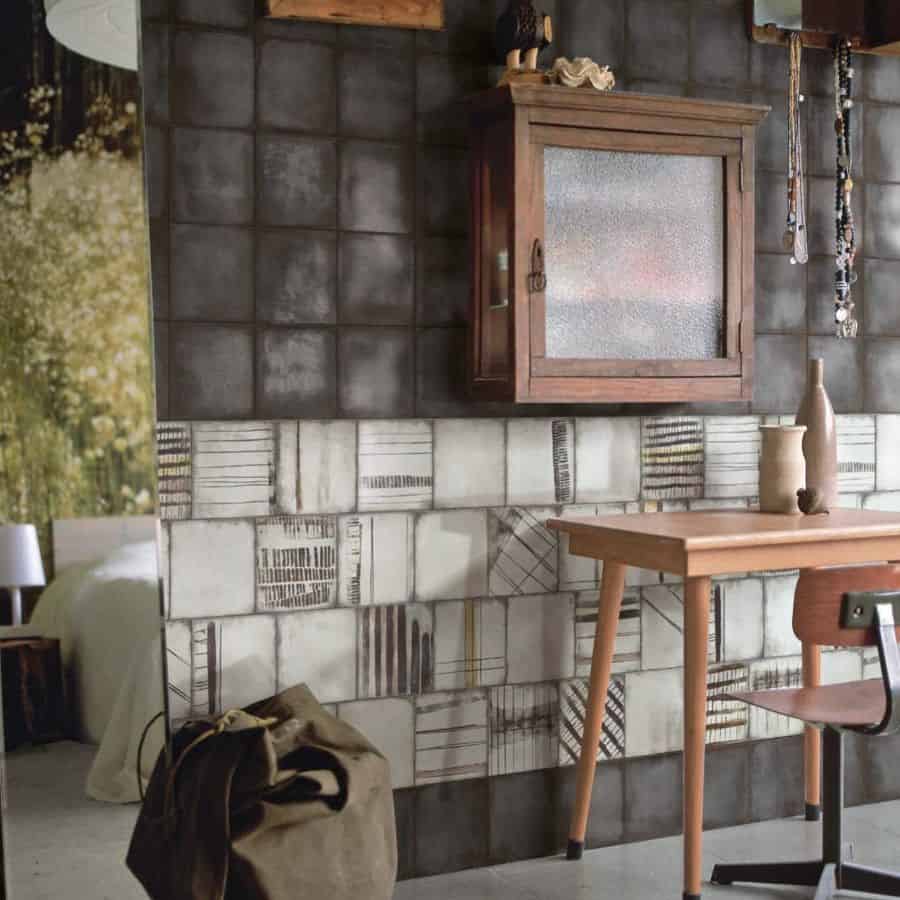
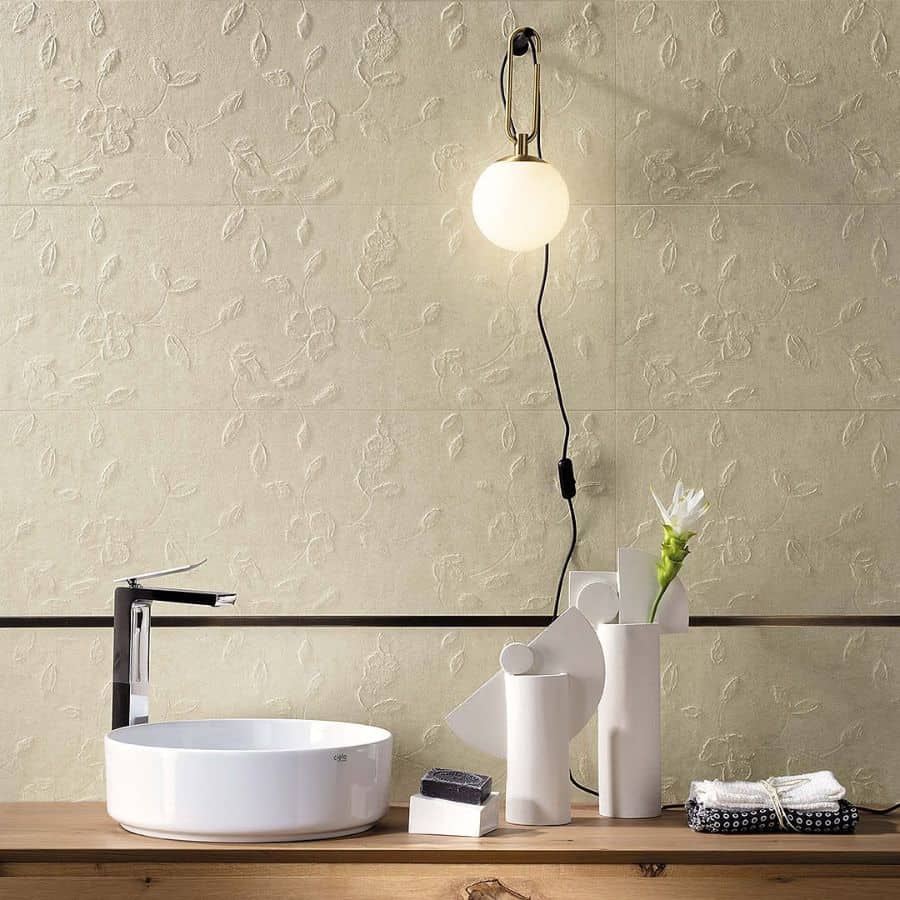
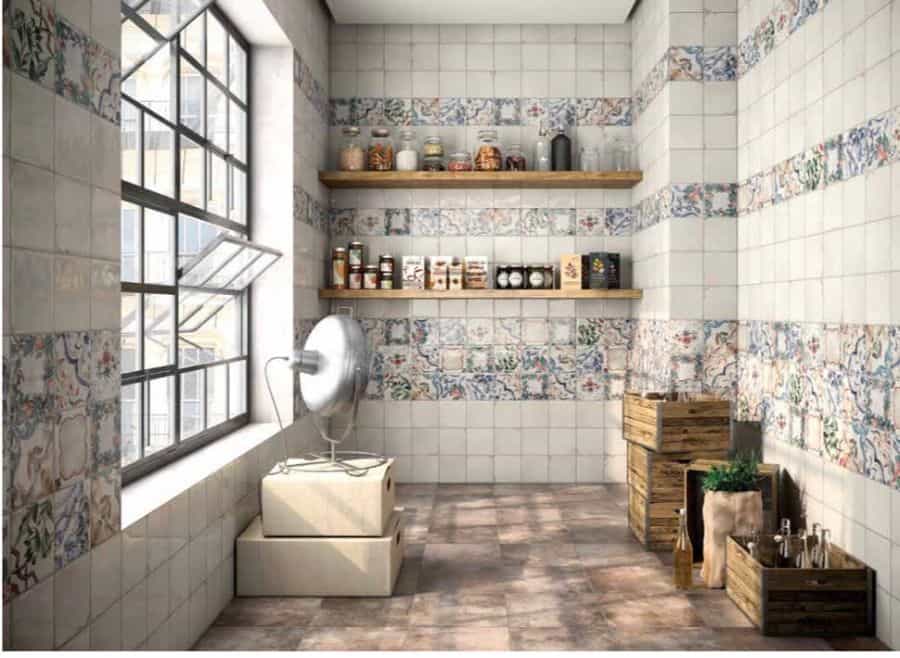
10. Elevating Dimensions
If you have a large wall to cover, you may find some of these other solutions too busy and overwhelming. You need something that adds texture and warmth to the space without overwhelming it. Large wood panels are the perfect solution.
To keep this wall covering looking elegant, skip the plywood panels and opt for professionally finished and mounted pieces. This will help the covering to look sleek and styled instead of farmhouse rustic.
Your panels could be dark or light wood. They can be uniform or free-form in shape. Whatever you choose, it should complement the size, shape, brightness, and decor of the room.
While you’re designing your paneling, you should think about adding a lighting feature. You can easily hide LED lights in the panels and have a gentle wash of light as a beautiful accent to the room while also highlighting the beauty of the wood.
Consider adding some feature panels to your wall that are covered in moss or another air plant. This would make a beautiful living feature on your wall. This type of covering is perfect for a bathroom with plenty of natural moisture, and the soothing plants will add to the spa-like atmosphere.
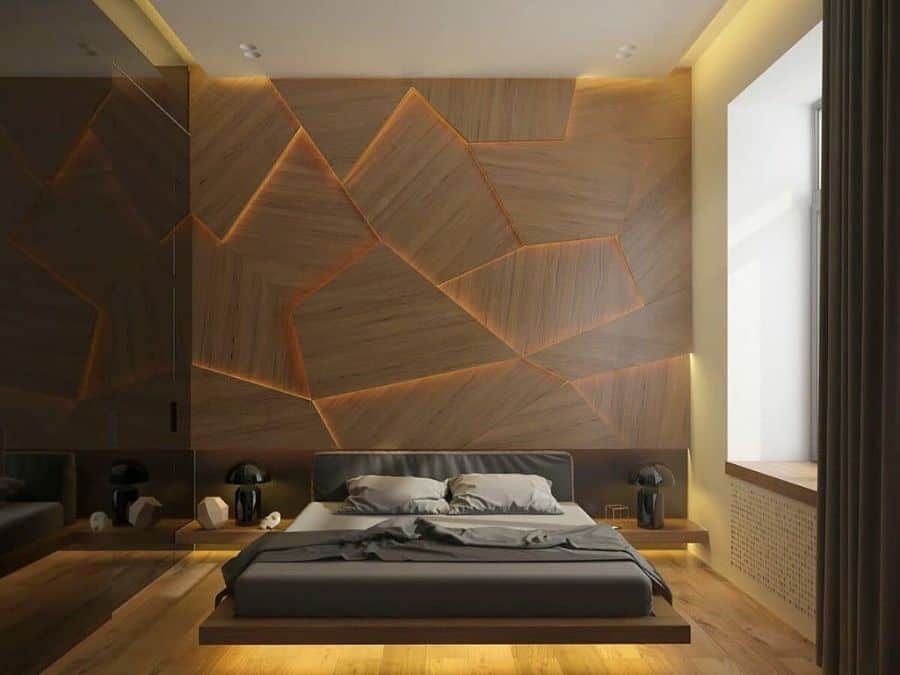

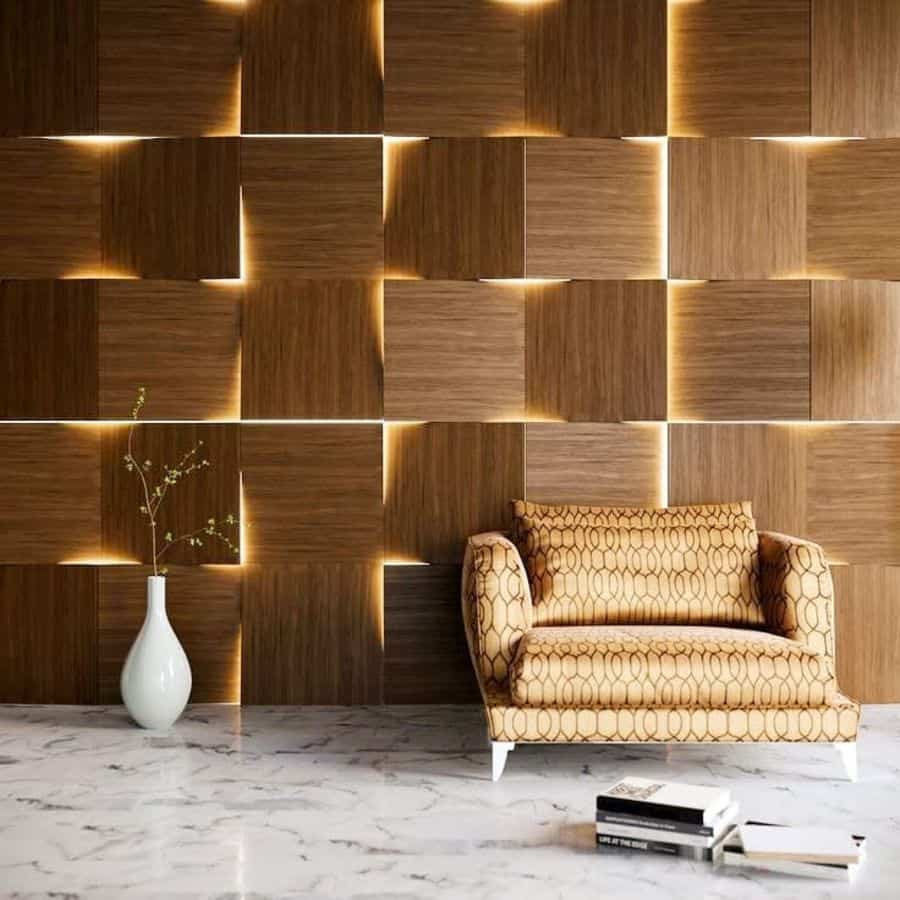
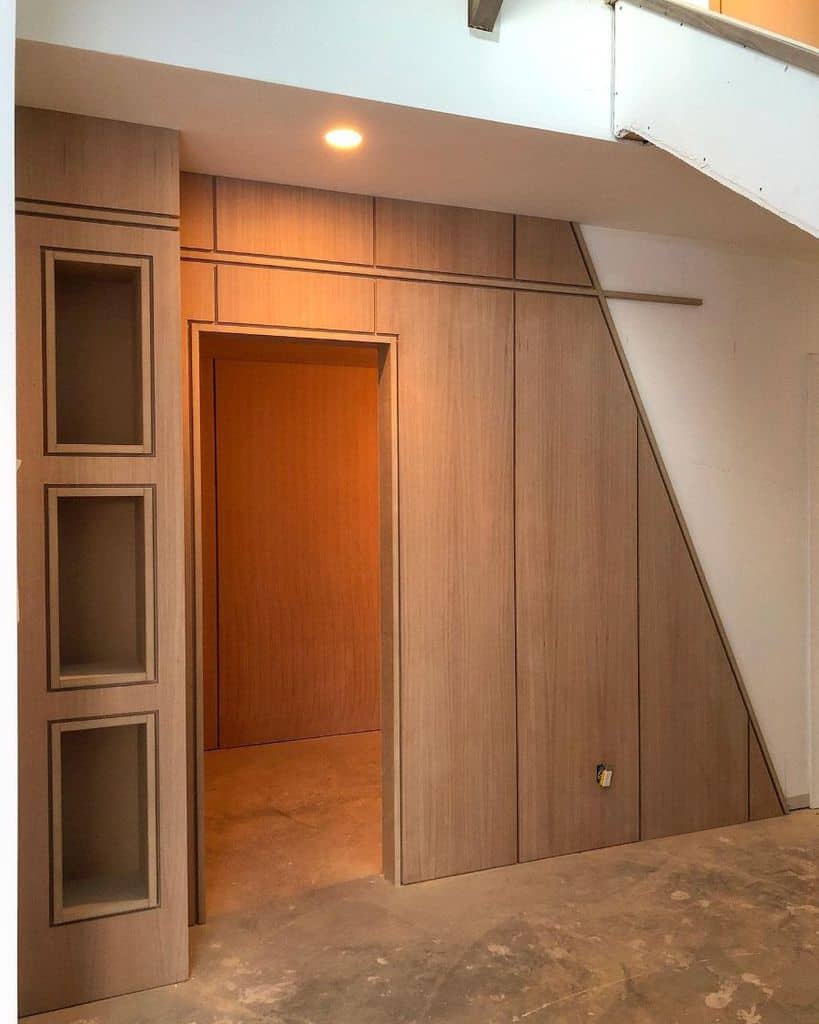
See more about - 60 Wainscoting Ideas
Wall Covering FAQs
Why should I choose a wall covering?
A wall covering is an excellent alternative to paint. Some are temporary solutions that are perfect if you’re renting and cannot paint. Others are permanent and perfect for giving your home a unique design and personality. You could use these ideas in conjunction with paint to create more interest and detail in your walls.
Are wall coverings expensive?
It depends on the wall covering you choose. Some covers are quite affordable, such as chalkboard paint or temporary decals. Others can be costly, such as custom wainscoting or tile. If you find that your wall covering of choice is outside of your budget, then look for more affordable alternatives. If you can’t afford tile, then look for a wallpaper that mimics your chosen tile’s pattern.
How do I maintain my wall covering?
Most wall coverings require a similar maintenance routine. You’ll want to dust or wipe down with a damp cloth regularly. Try not to get your wall covering too wet, as this can damage several of these options, such as wallpaper, wainscotting, or wood. Others, like the tile, may require more aggressive cleaning to keep the grout looking fresh.



